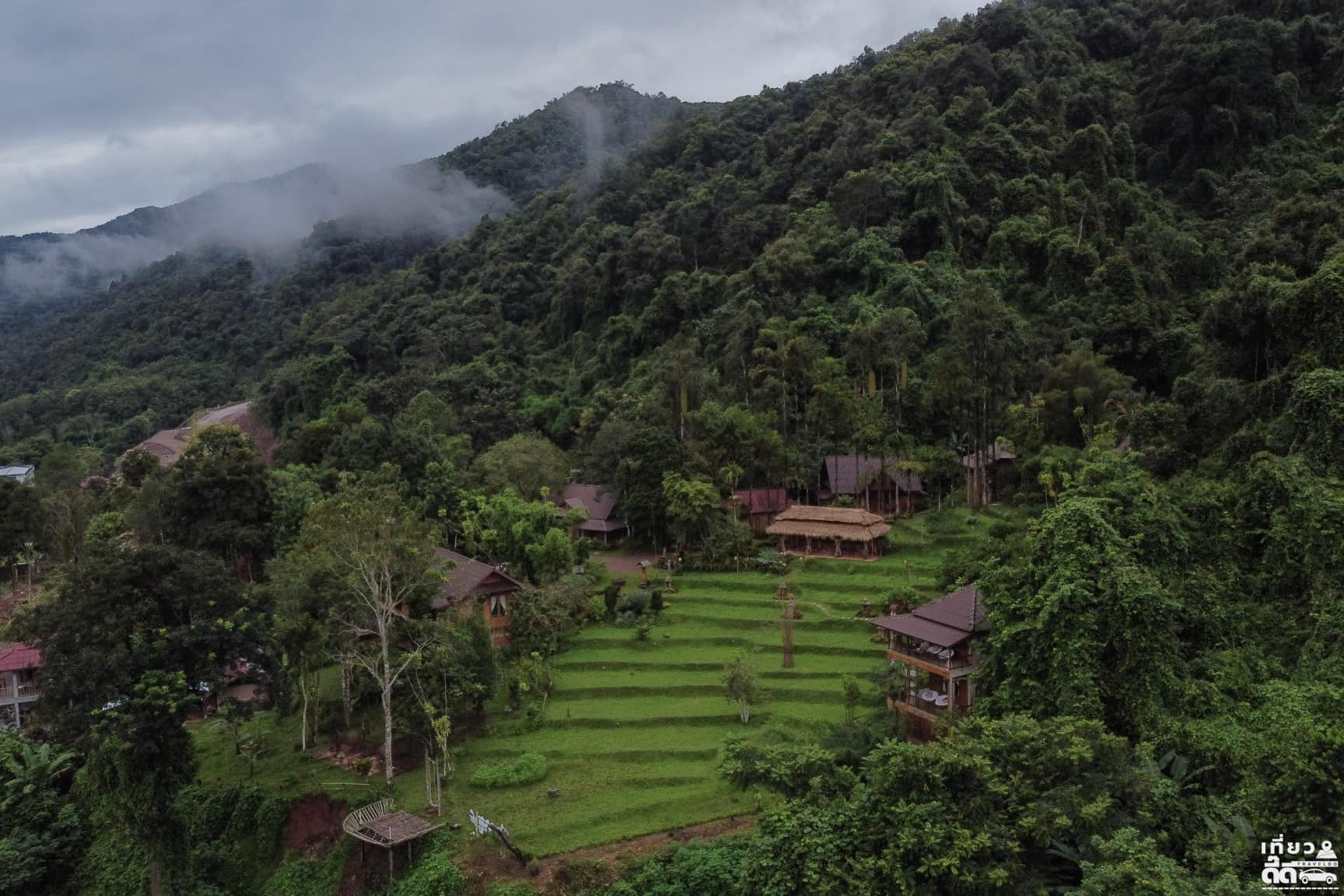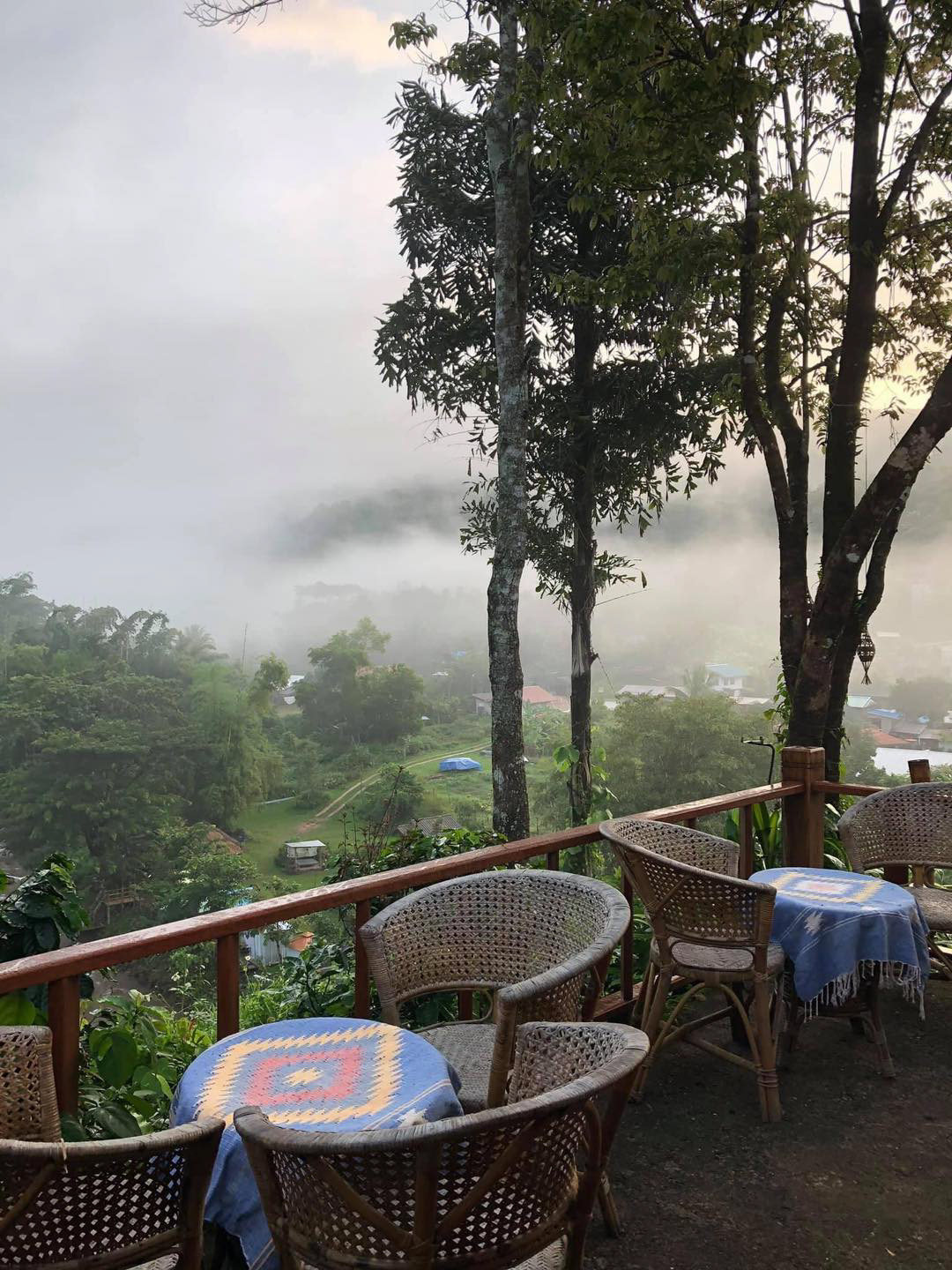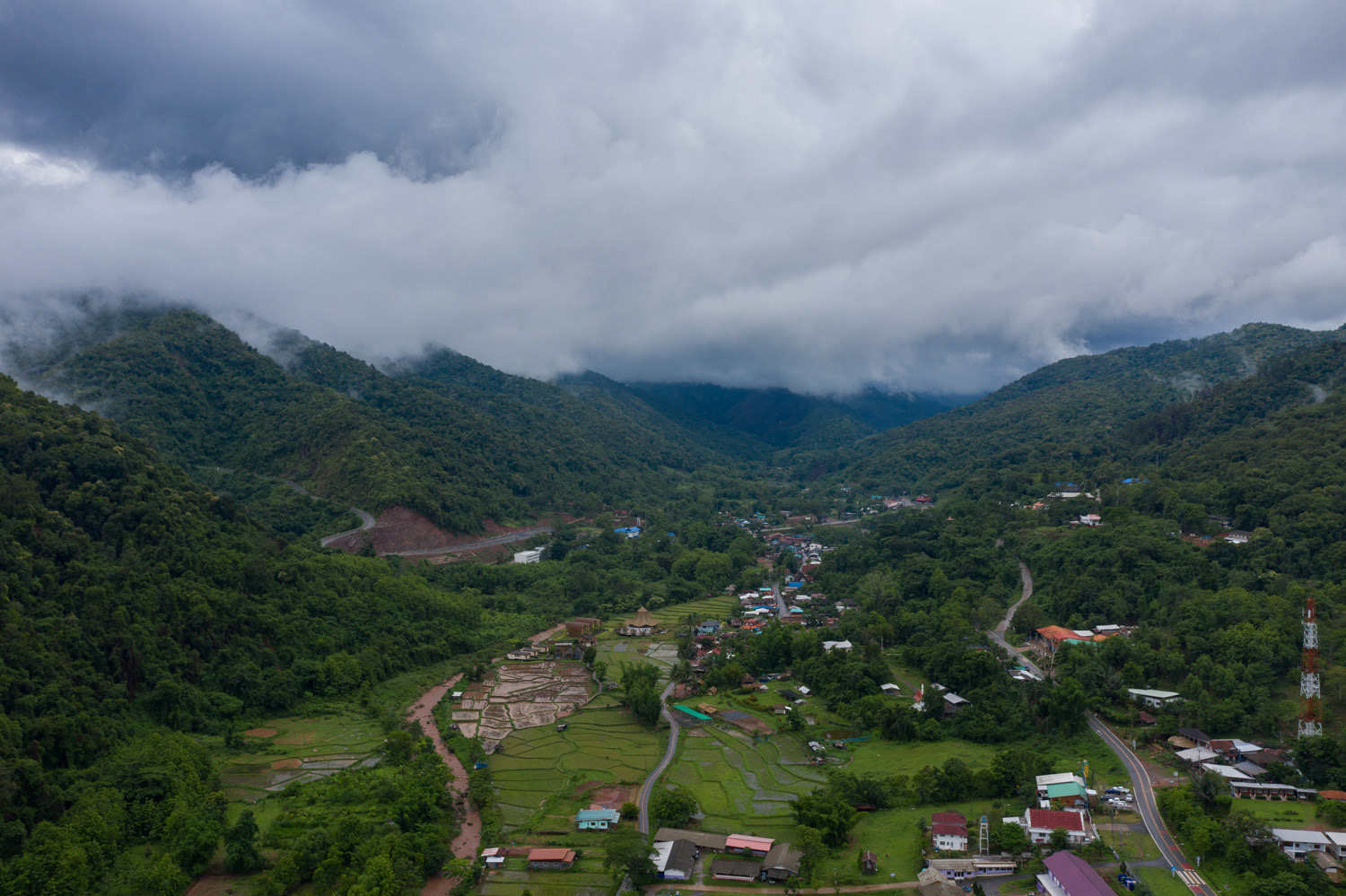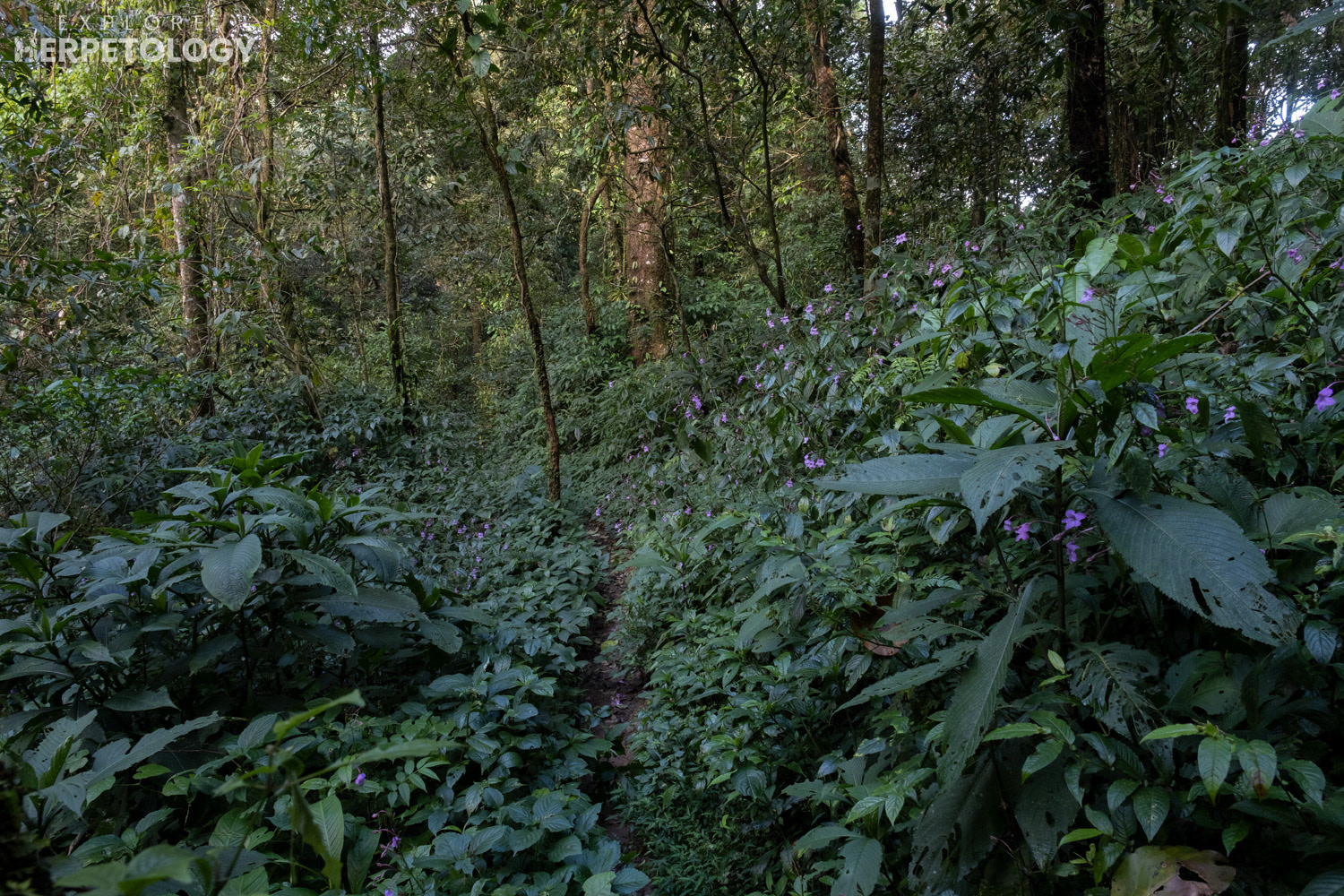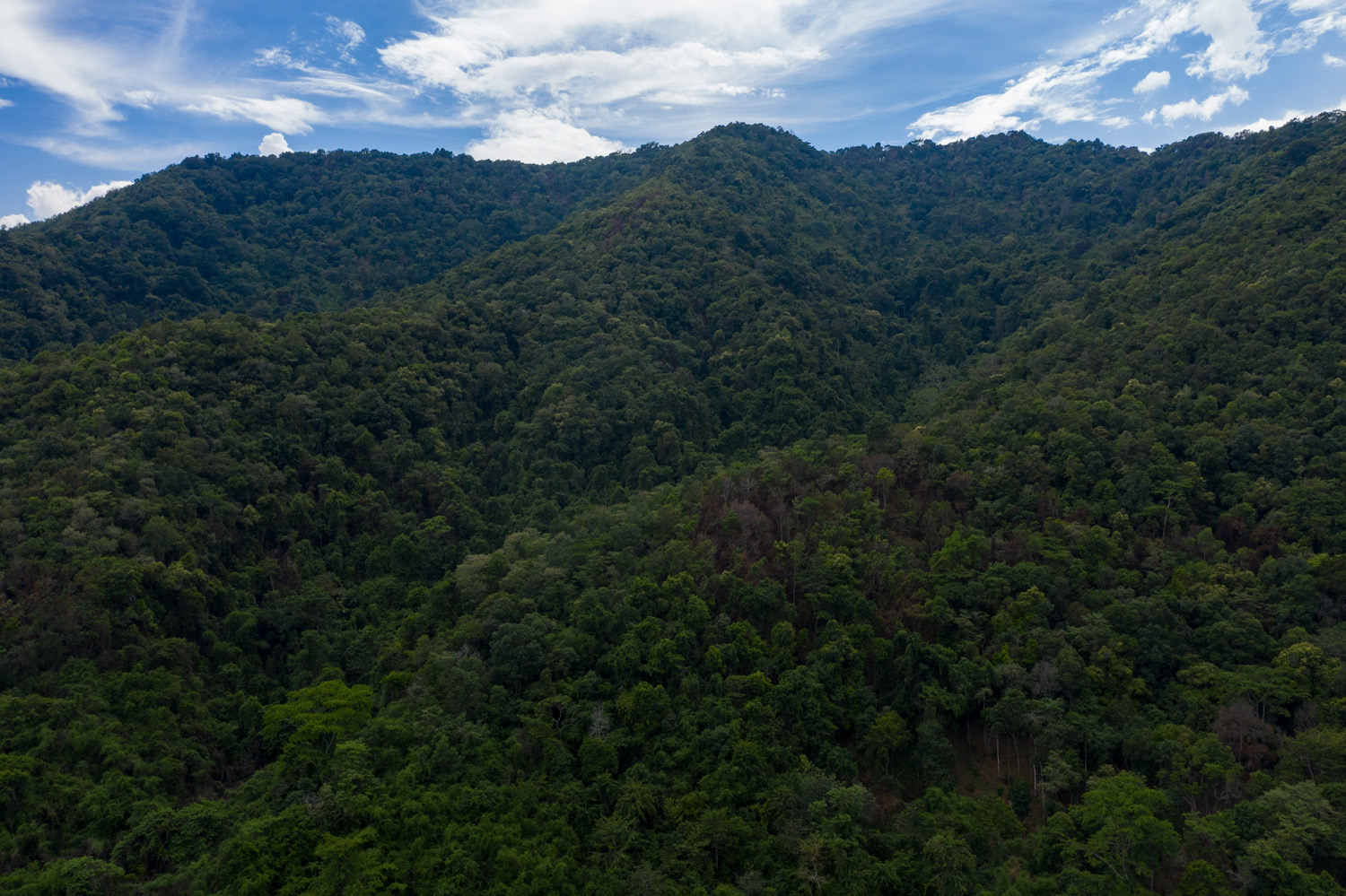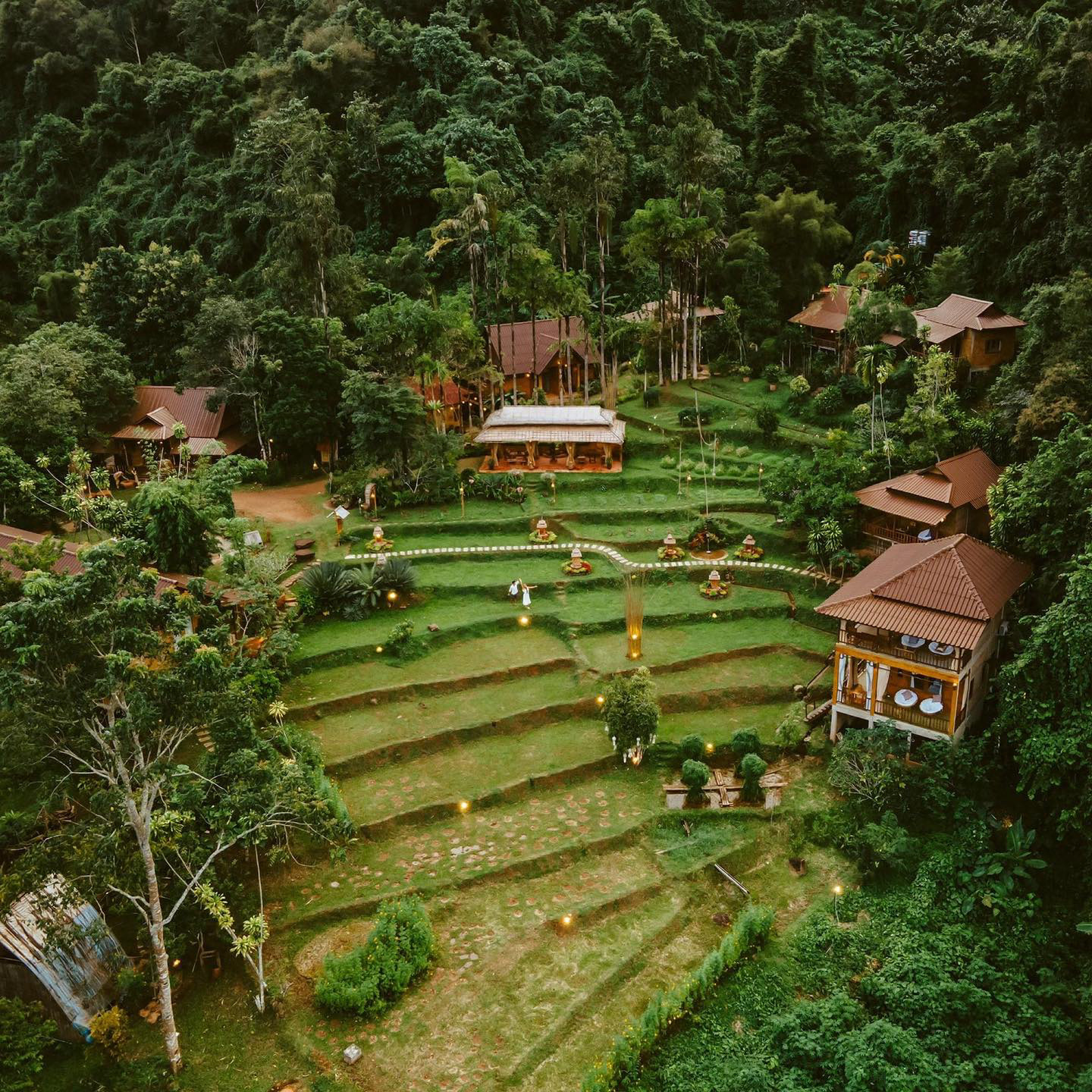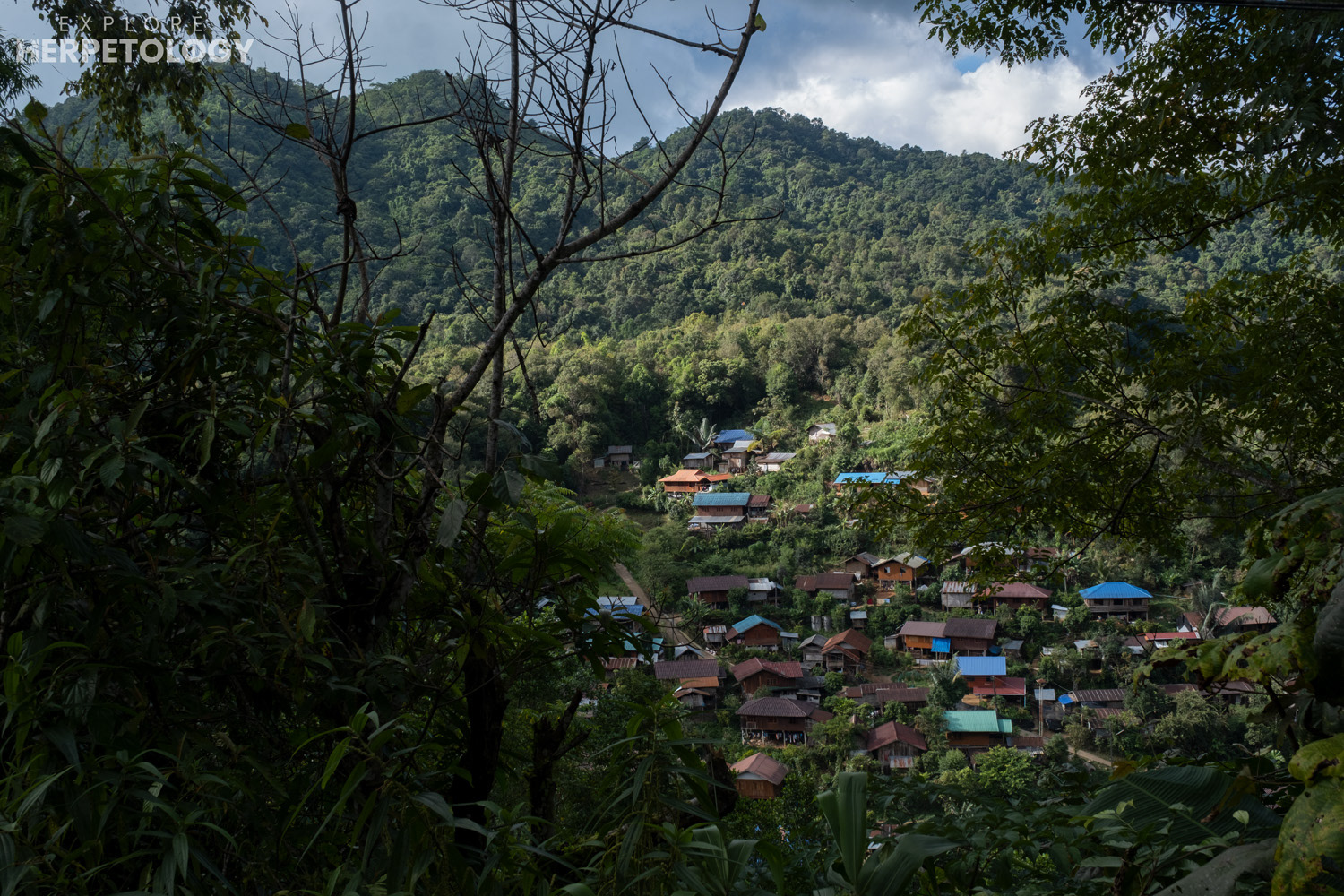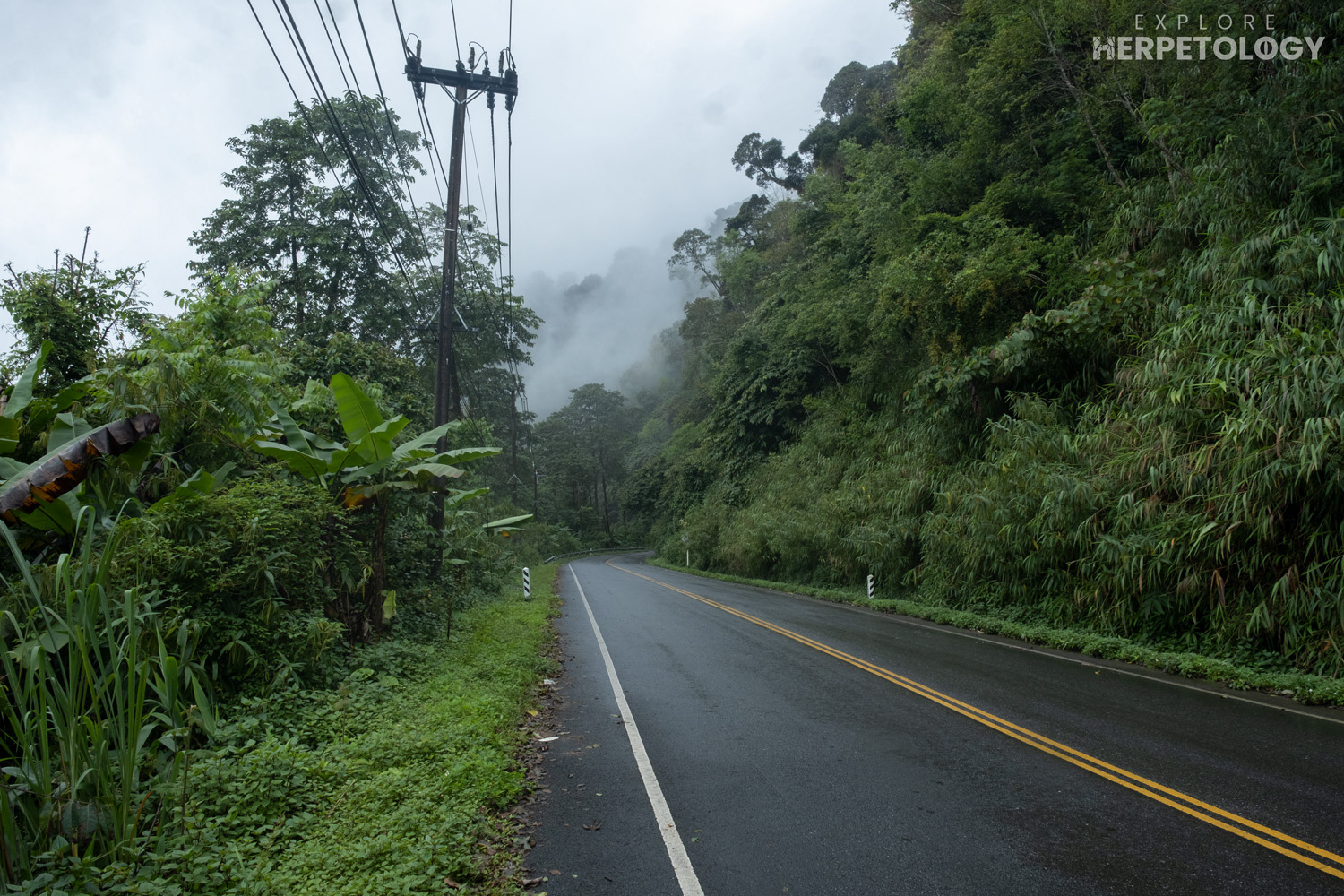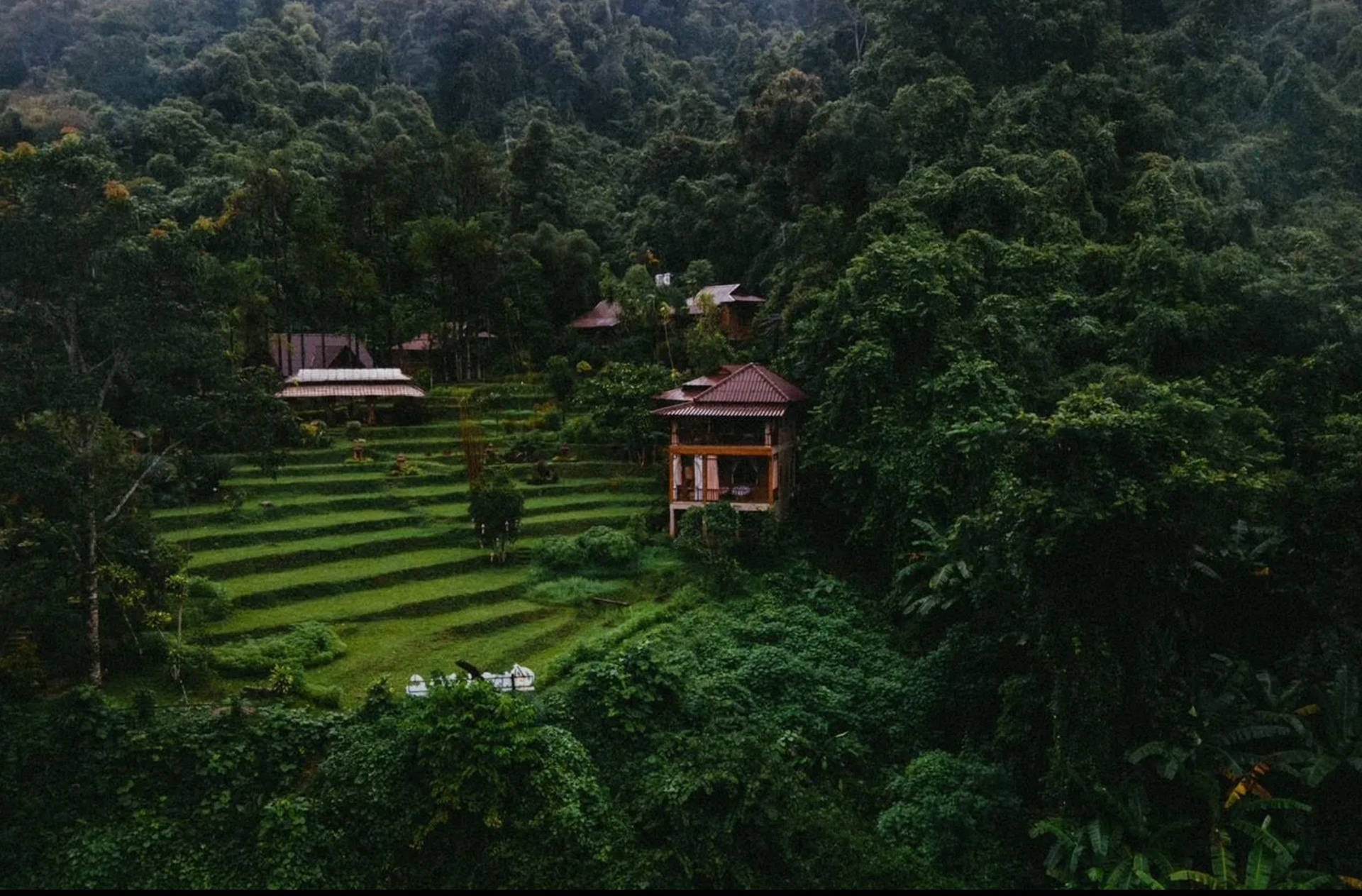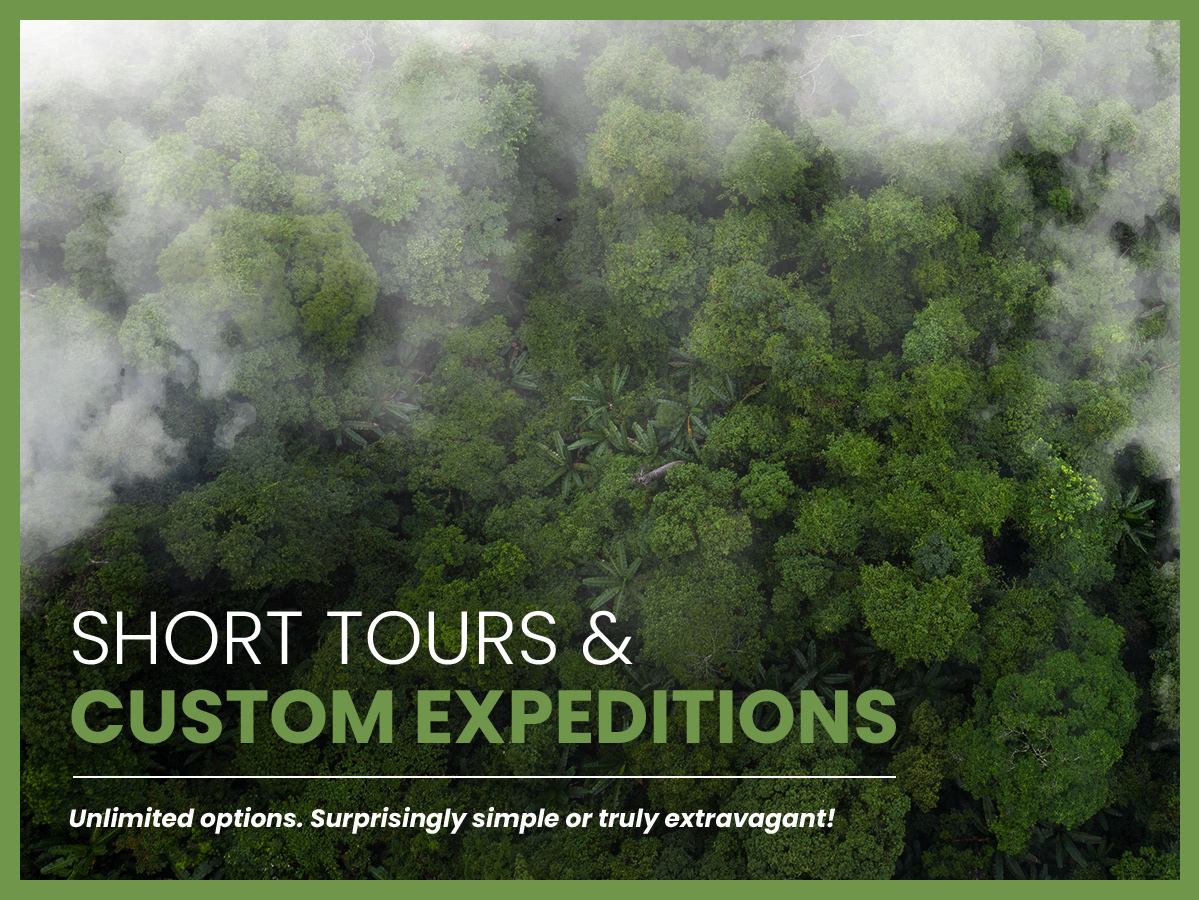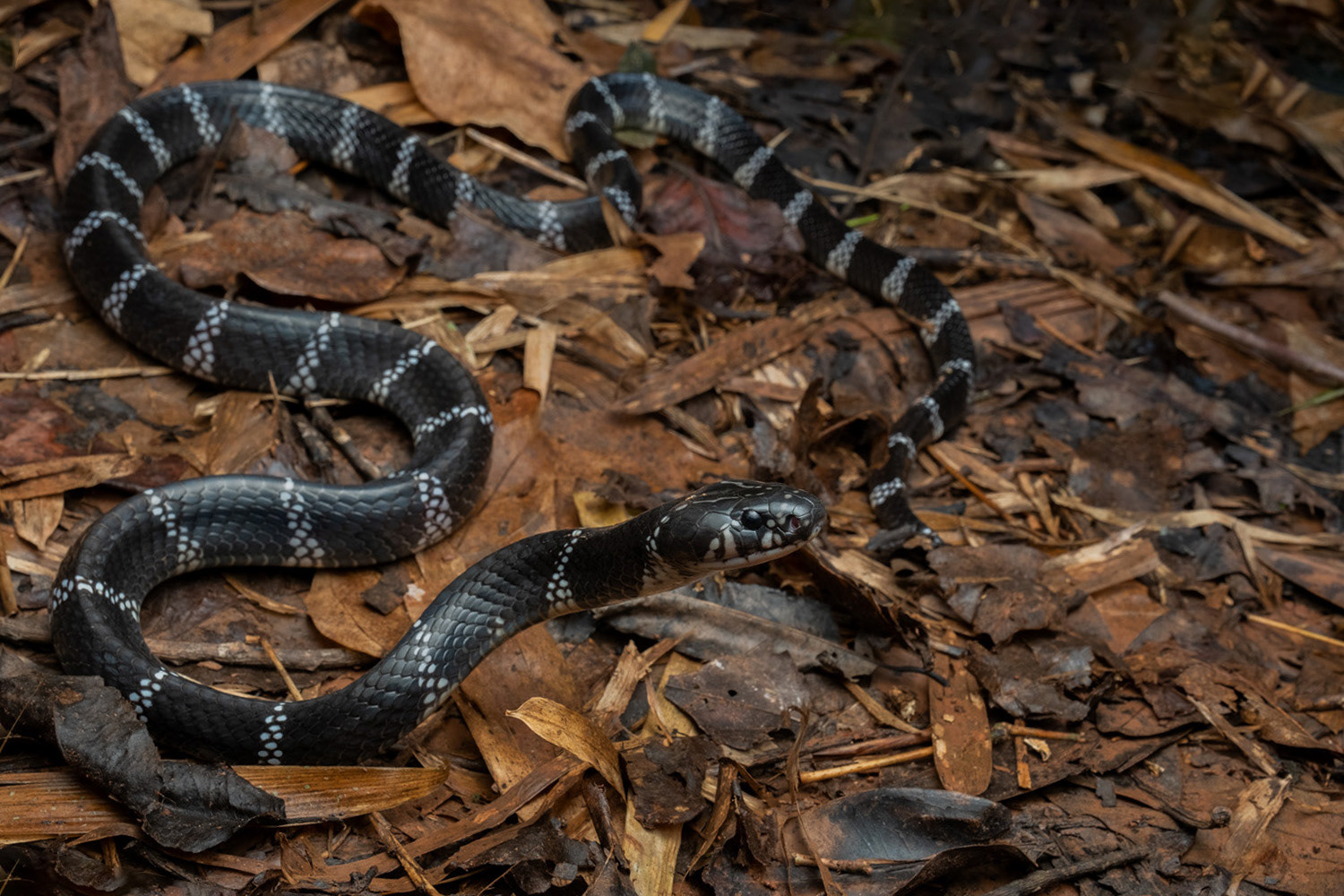
Red-river krait (Bungarus slowinskii)
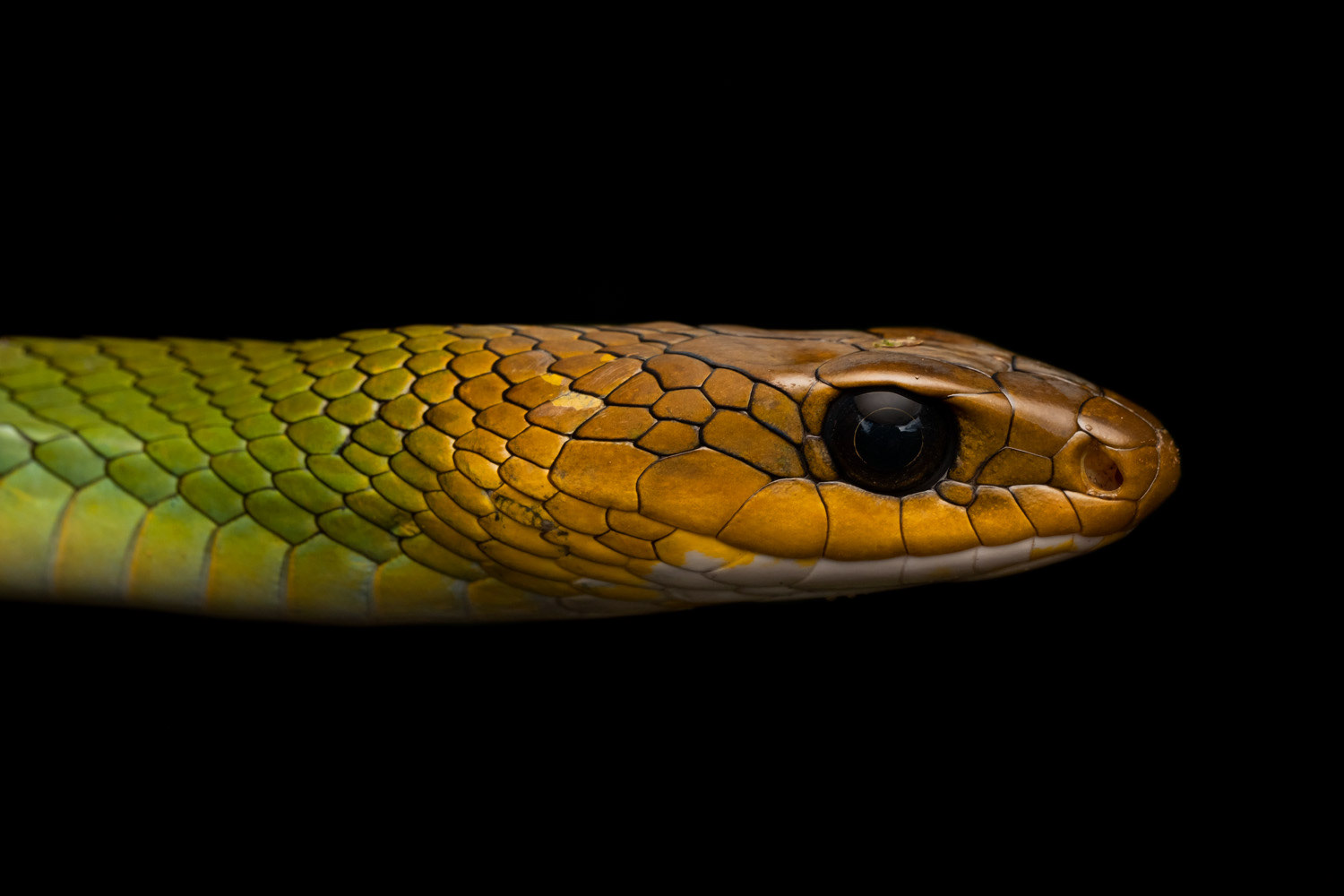
Black-striped green rat snake (Ptyas nigromarginata).
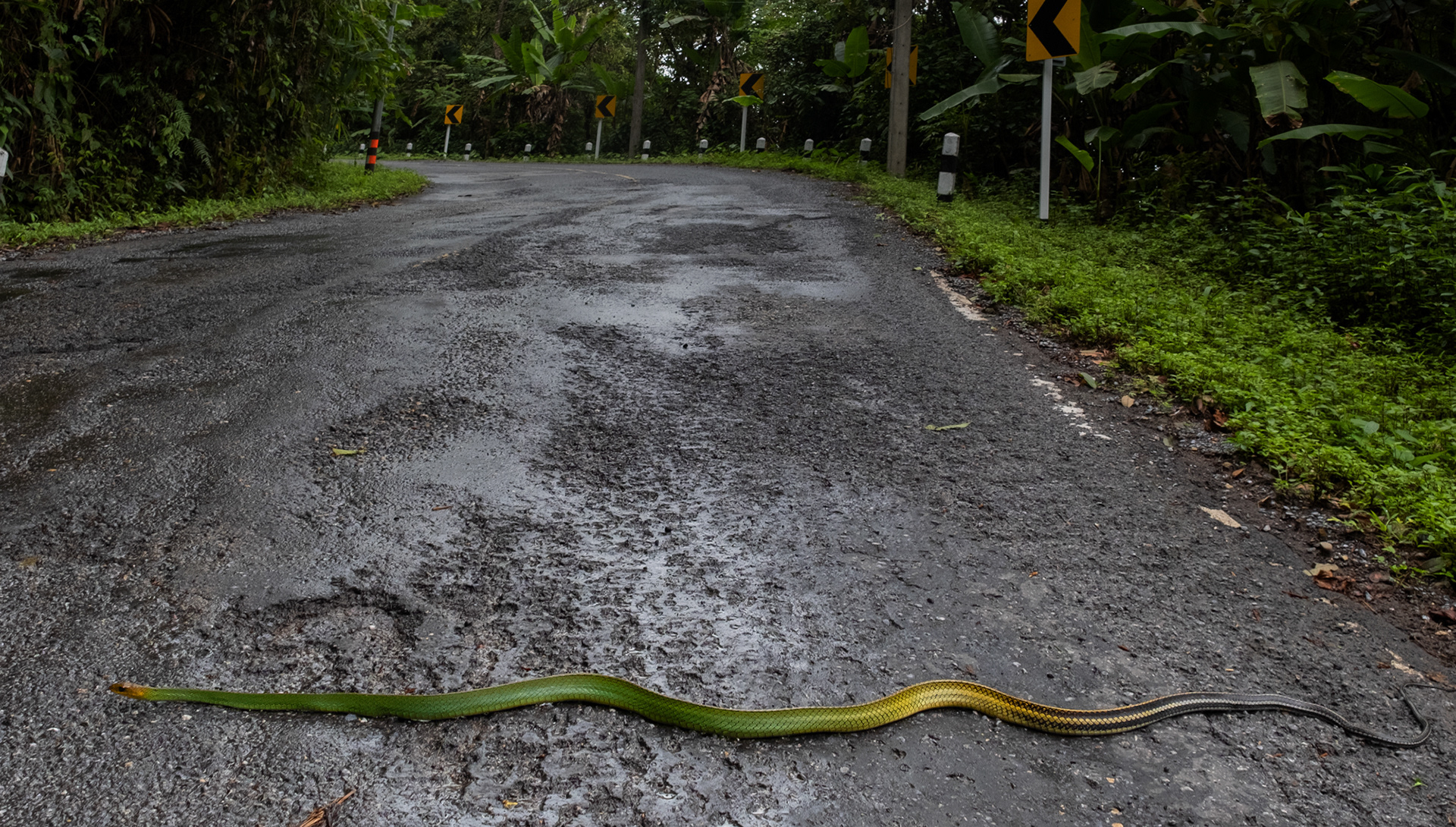
Black-striped green rat snake (Ptyas nigromarginata) in situ.
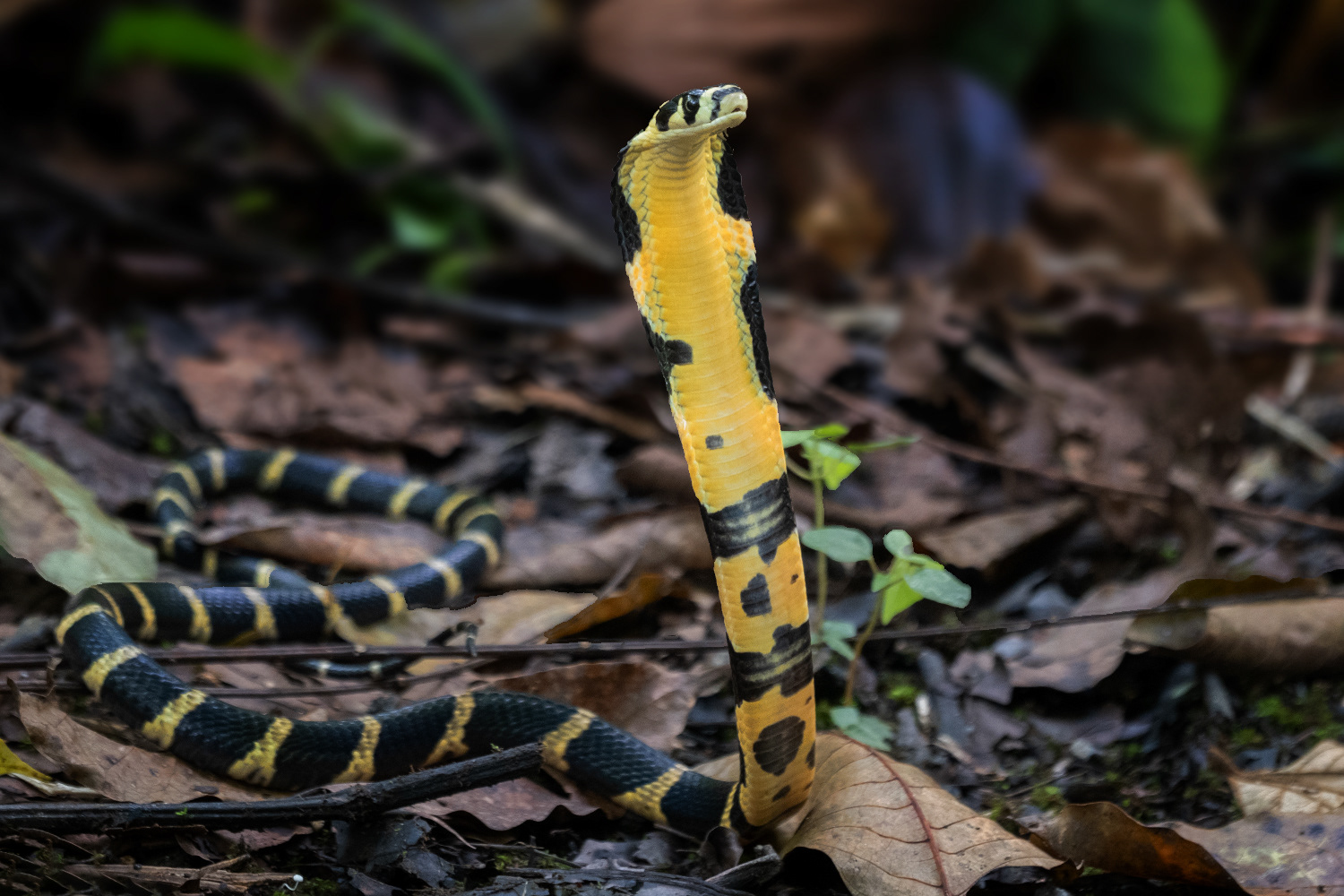
Juvenile king cobra (Ophiophagus hannah).
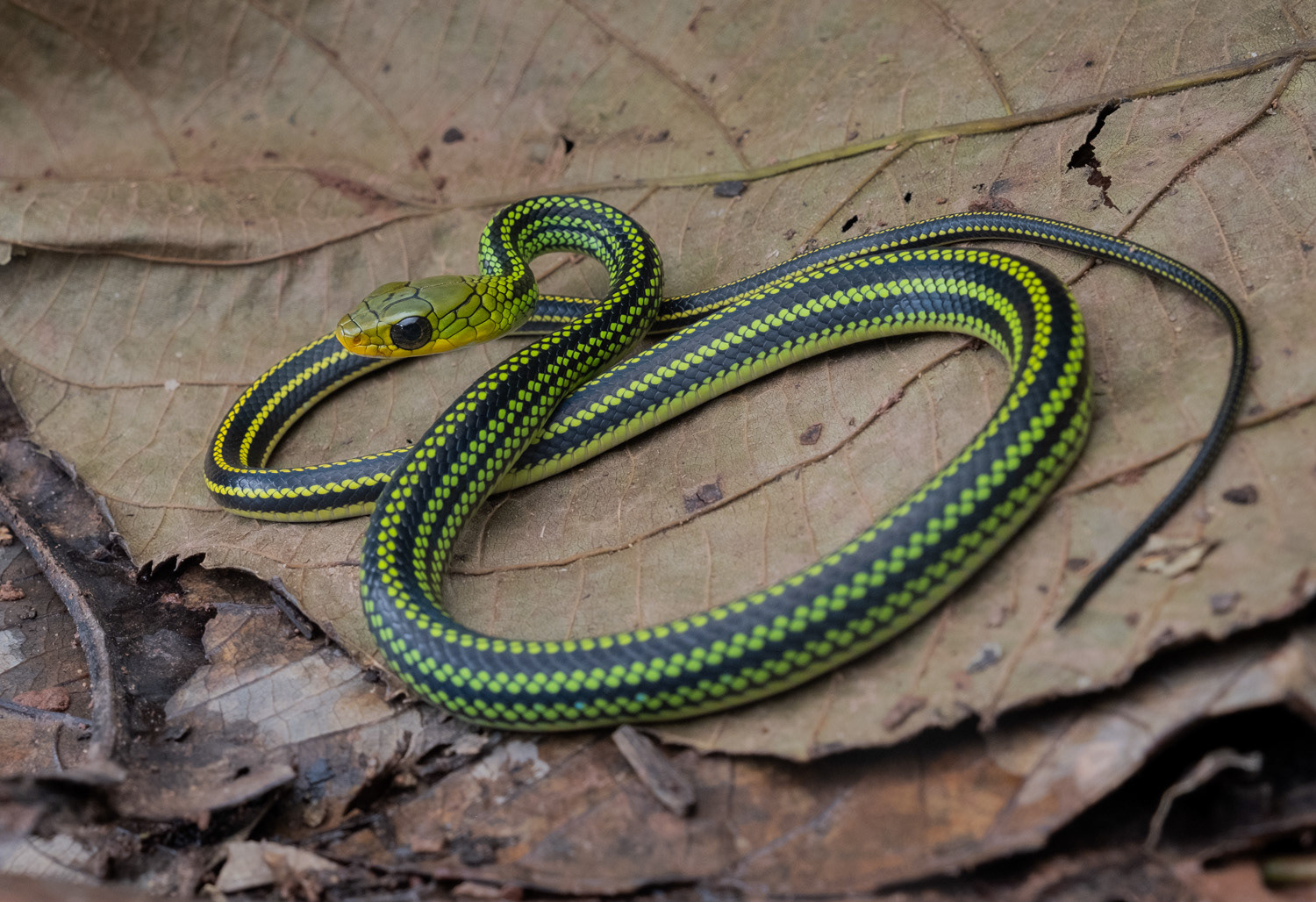
Juvenile black-striped green rat snake (Ptyas nigromarginata).
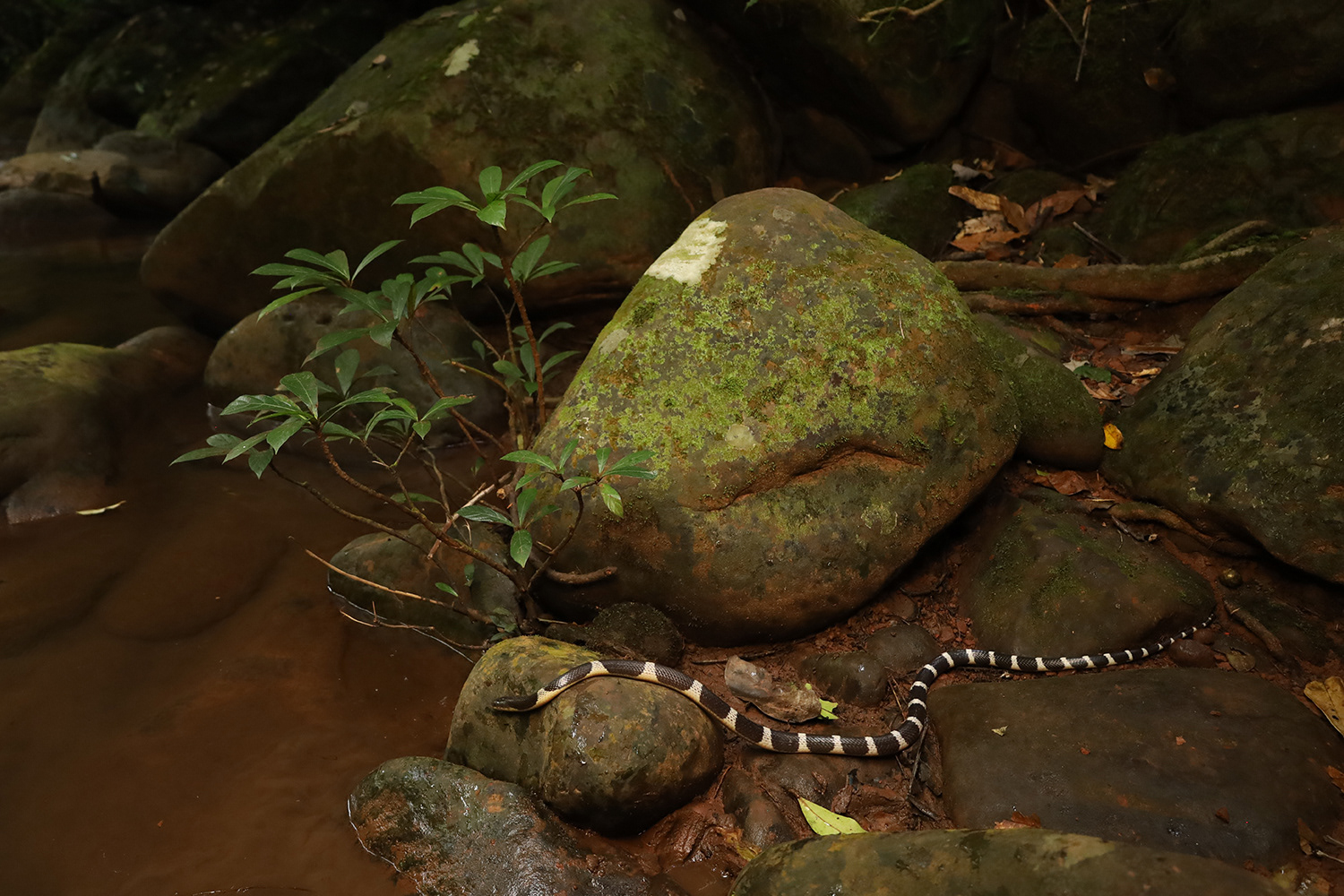
Malayan krait (Bungarus candidus).
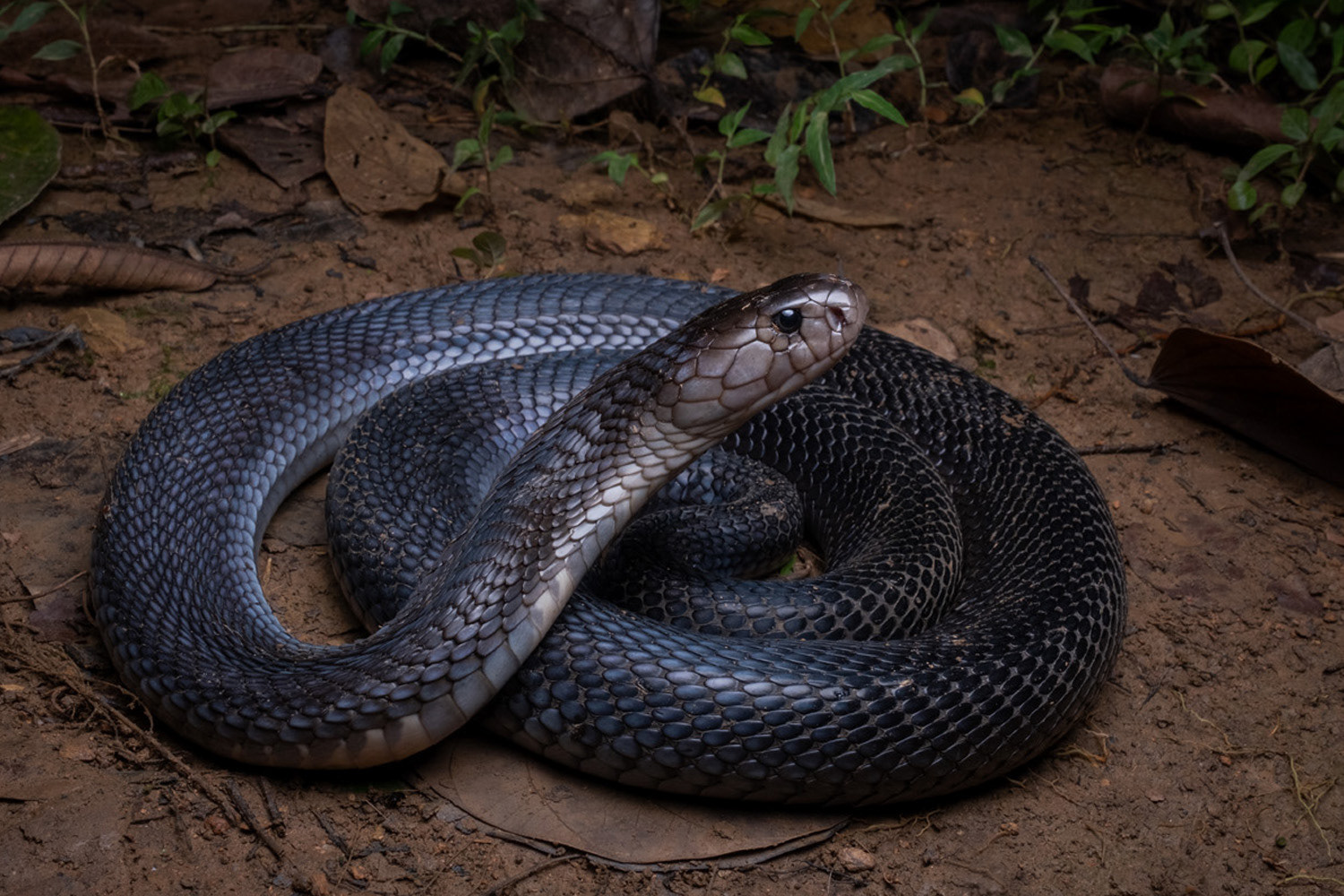
Brown-banded mountain cobra (Naja fuxi).

Gumprecht's pit viper (Trimeresurus gumprechti).

Yunnan red bamboo ratsnake (Oreocryptophis porphyracea pulchra).

Blue-eyed bamboo ratsnake (Gonyosoma coeruleum).
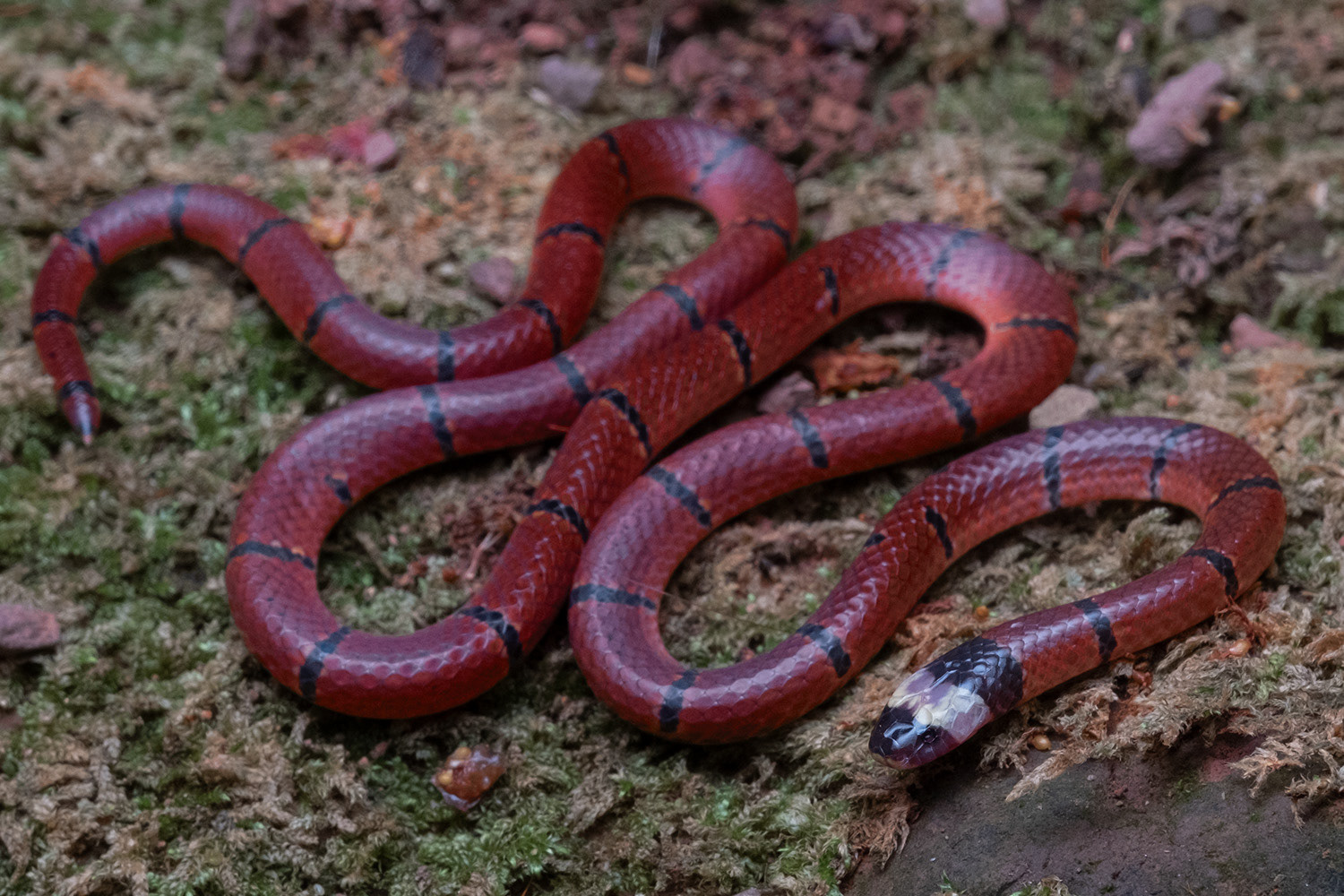
Macclelland's coral snake (Sinomicrurus macclellandi).
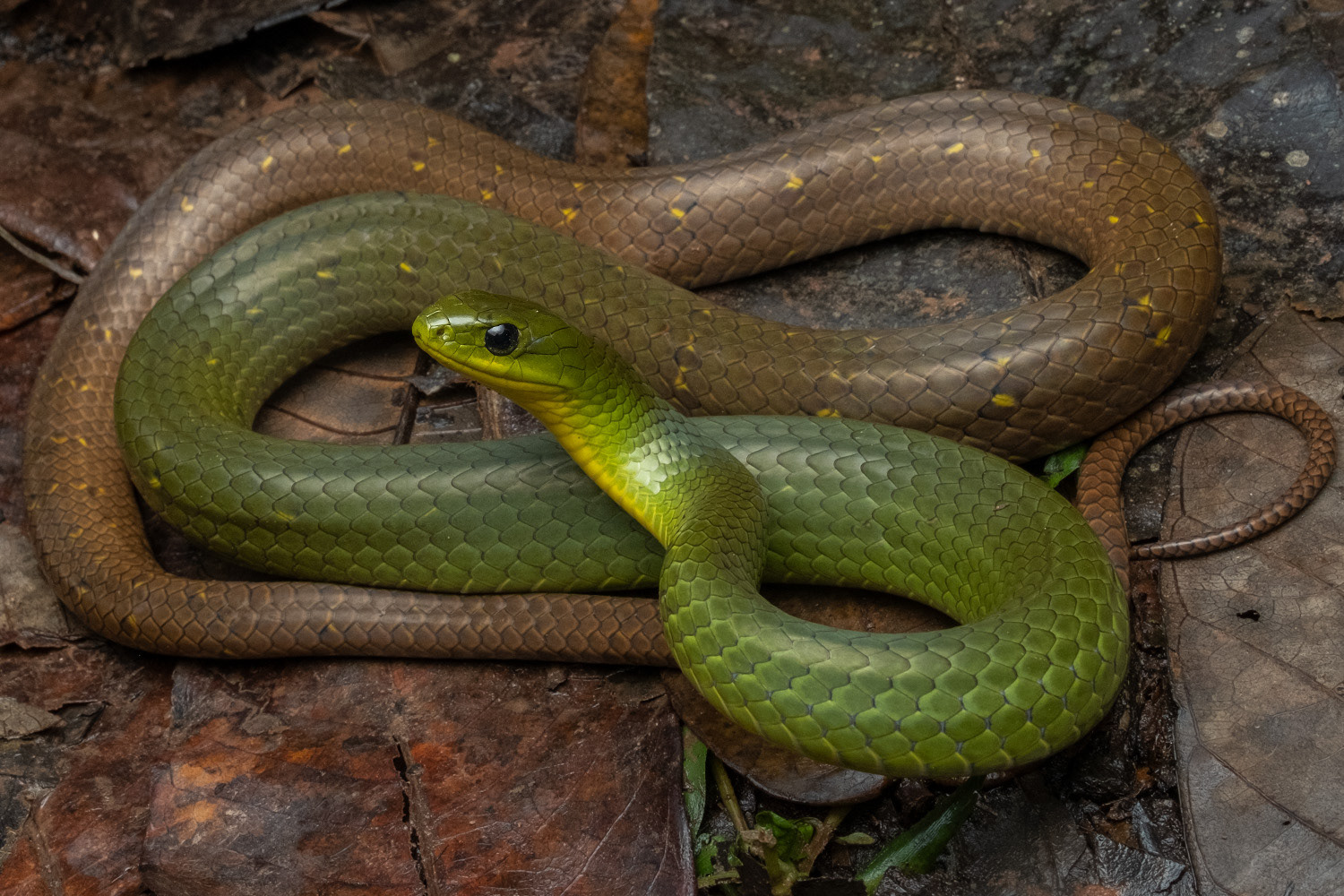
Many-banded green snake (Ptyas multicinctus).
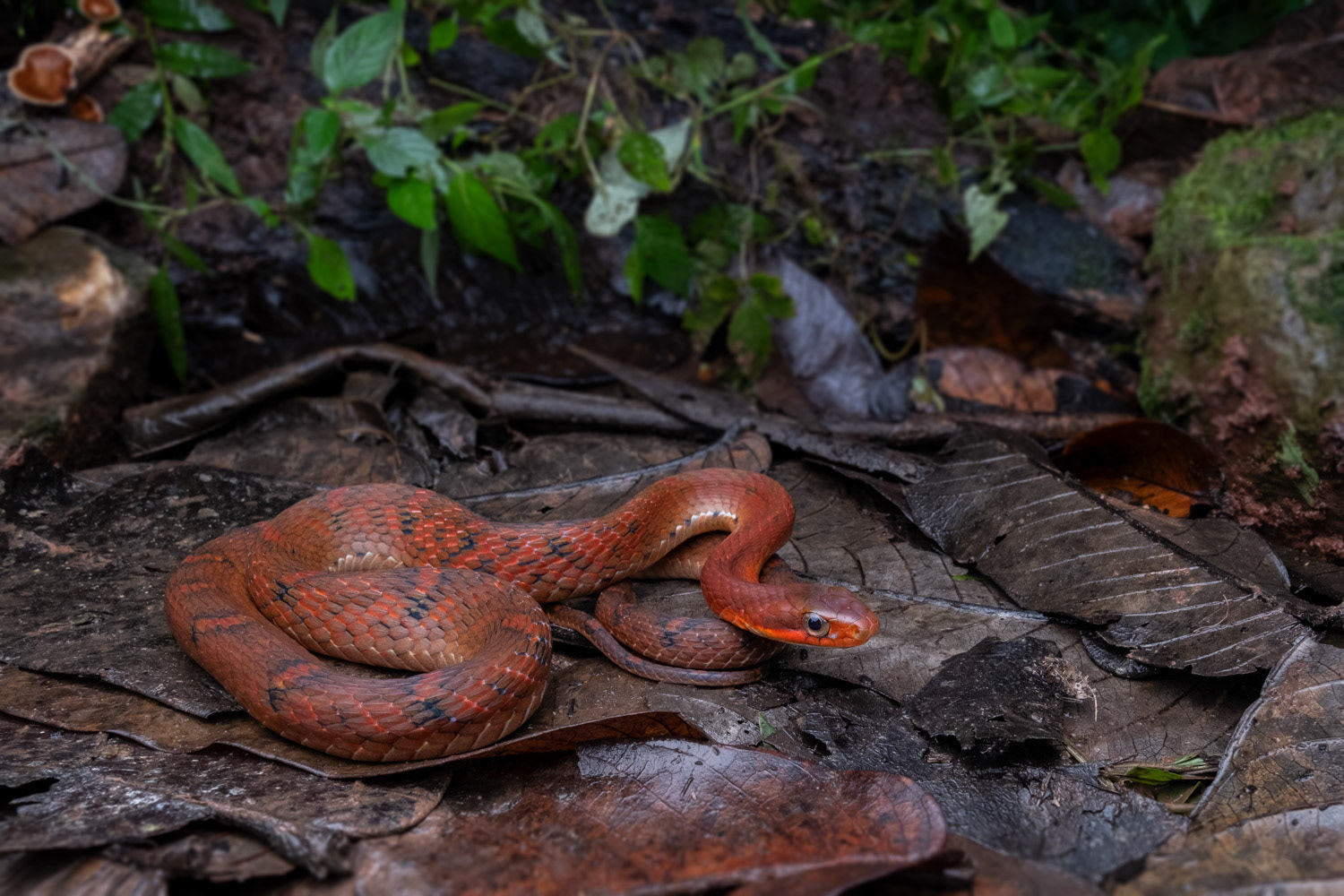
Large-eyed false cobra (Pseudoxenodon macrops).
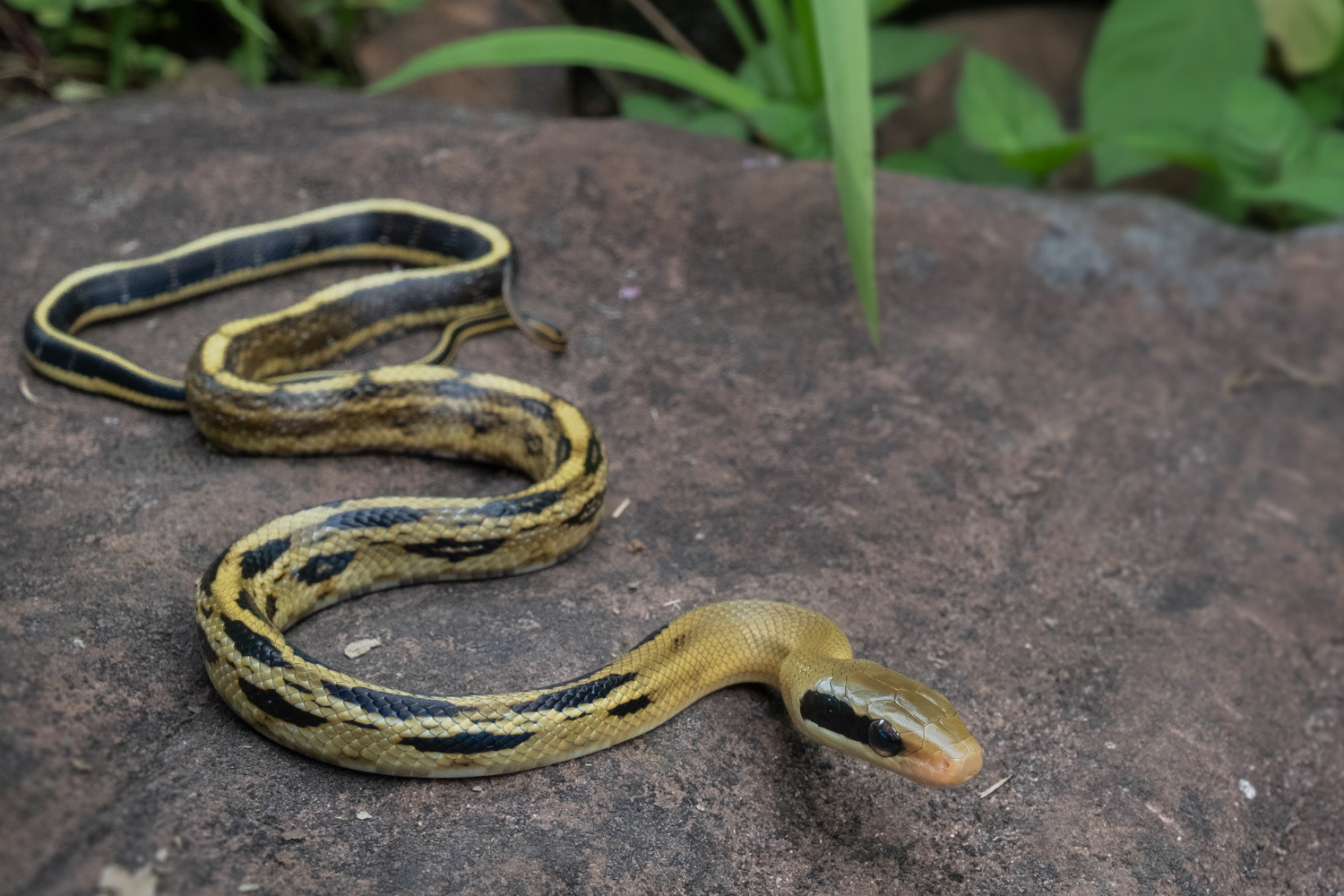
Yunnan beauty ratsnake (Elaphe taeniura yunnanensis).
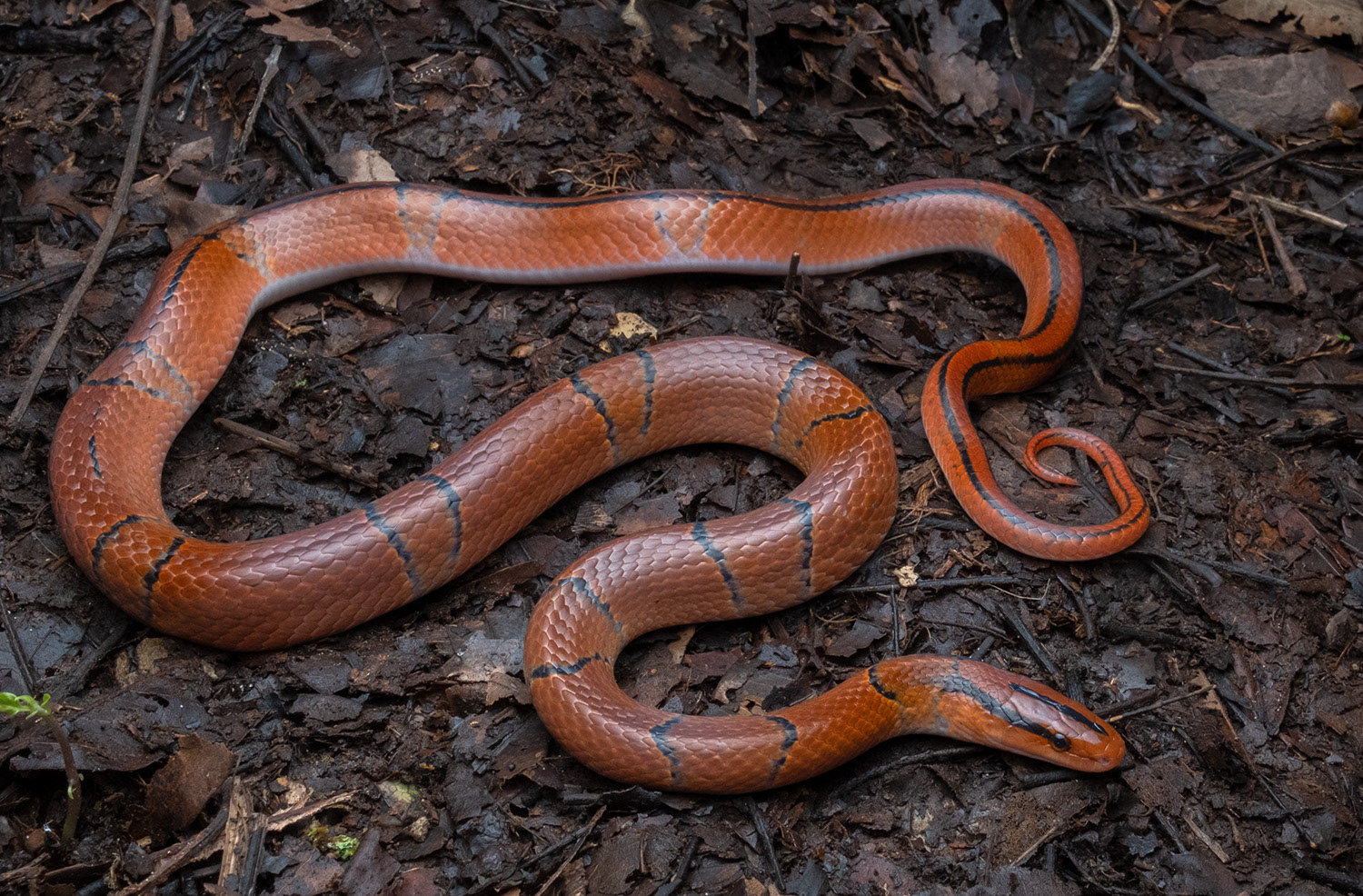
Yunnan red bamboo ratsnake (Oreocryptophis porphyracea pulchra).

Chapa wolf snake (Lycodon chapaensis).

Gunther's smooth snake (Liopeltis frenata).

Banded wolf snake (Lycodon fasciatus).

Mountain pit viper (Ovophis monticola).
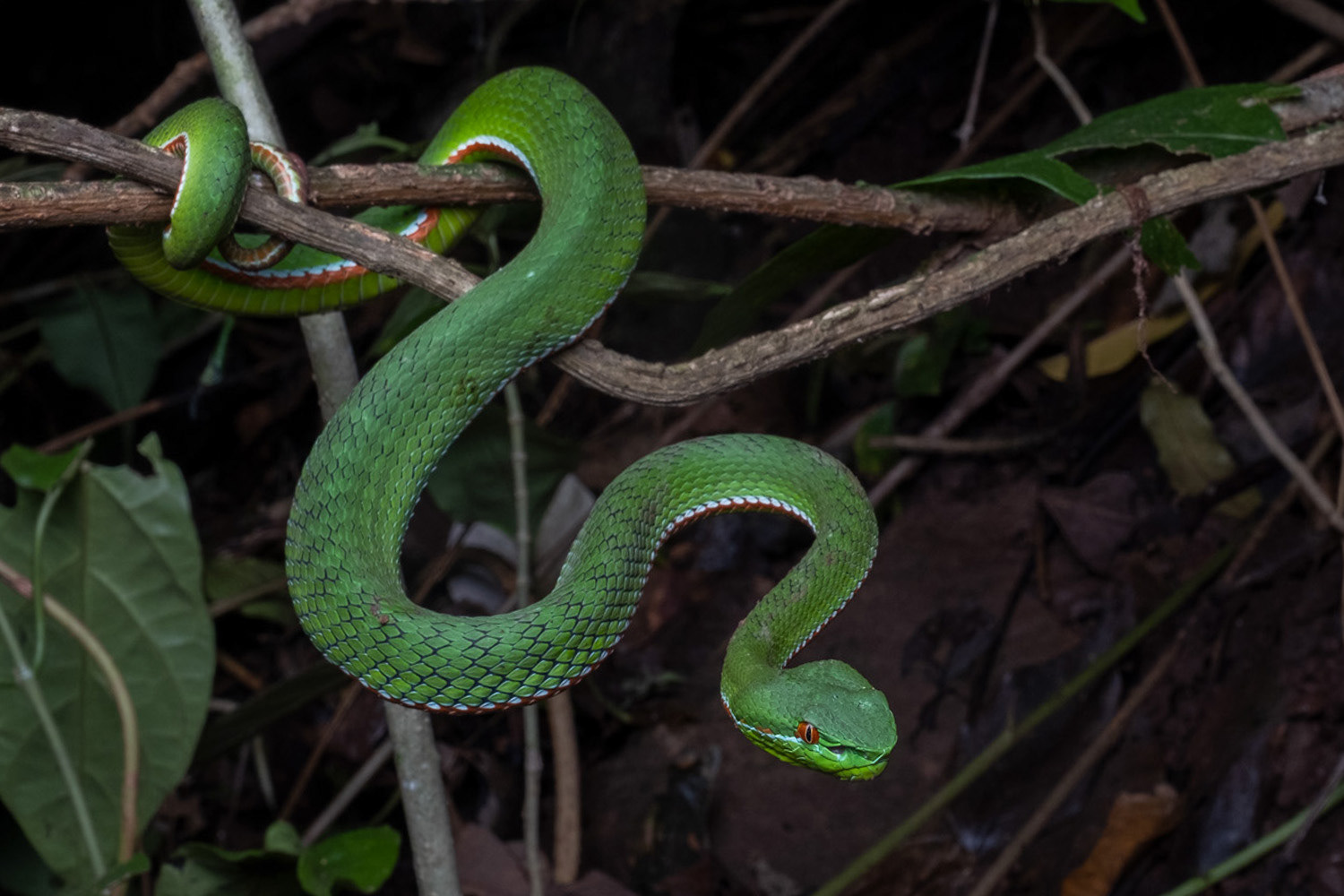
Gumprecht's pit viper (Trimeresurus gumprechti).
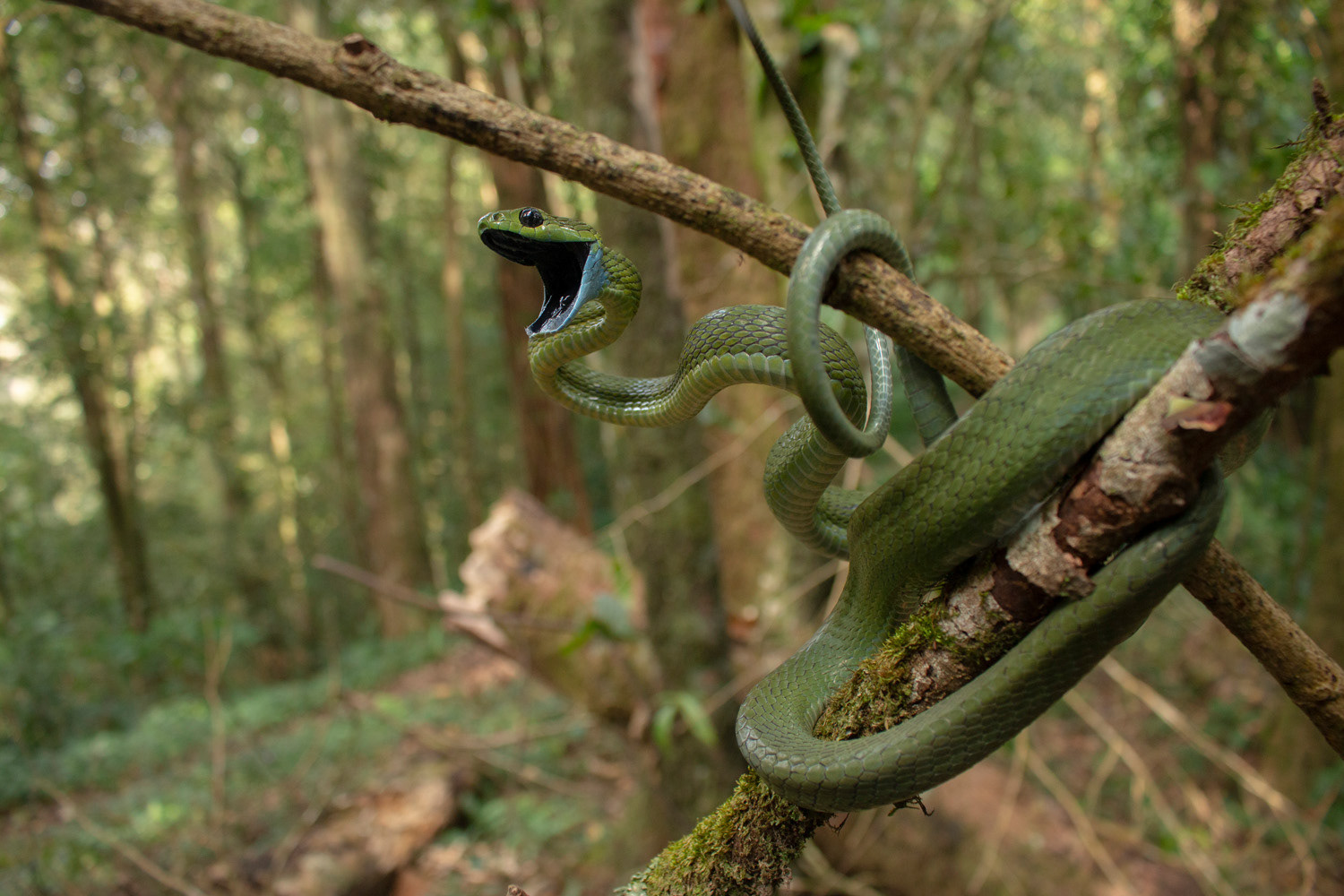
Green cat snake (Boiga cyanea).

Joynson's kukri snake (Oligodon joynsoni).
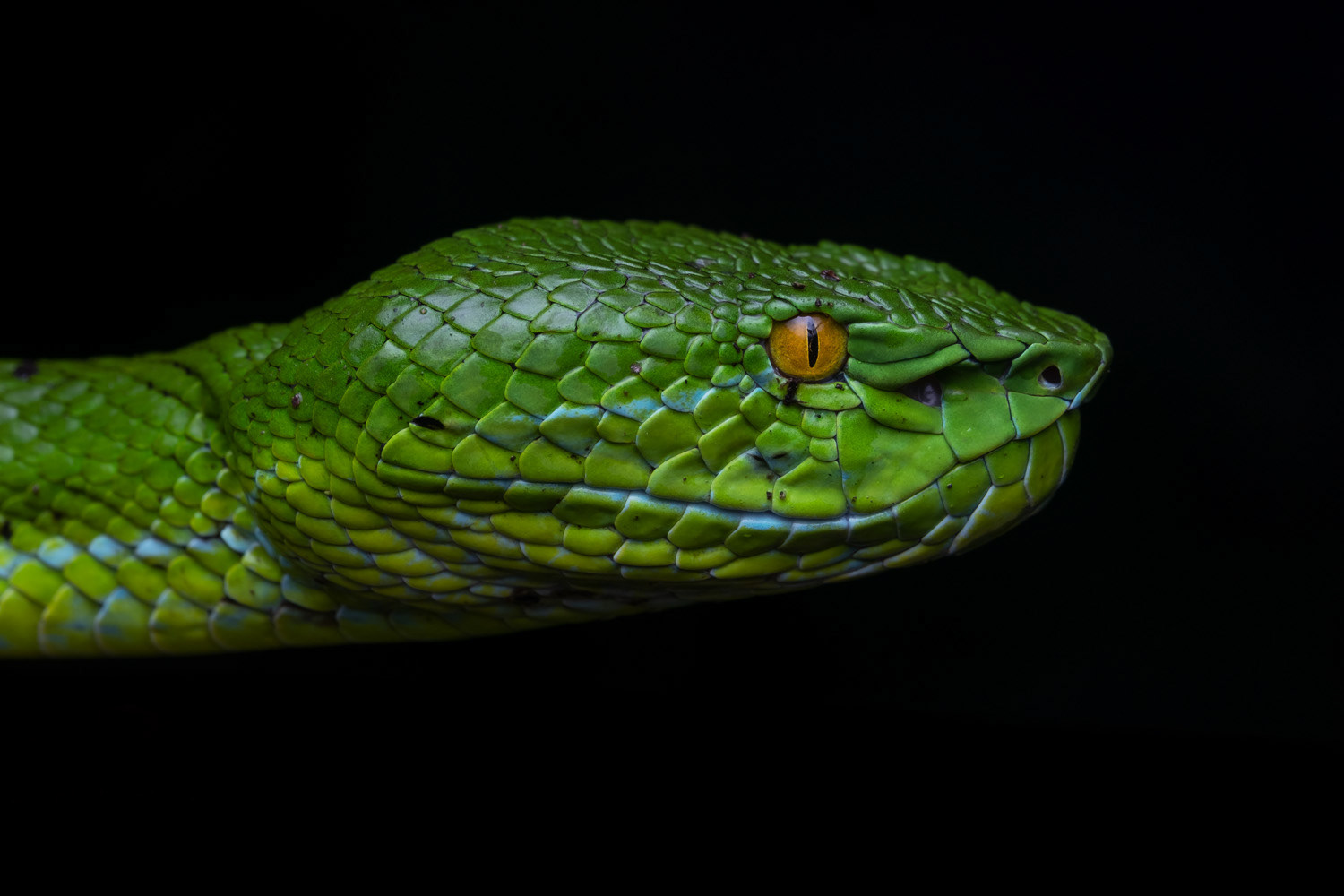
Gumprecht's pit viper (Trimeresurus gumprechti).
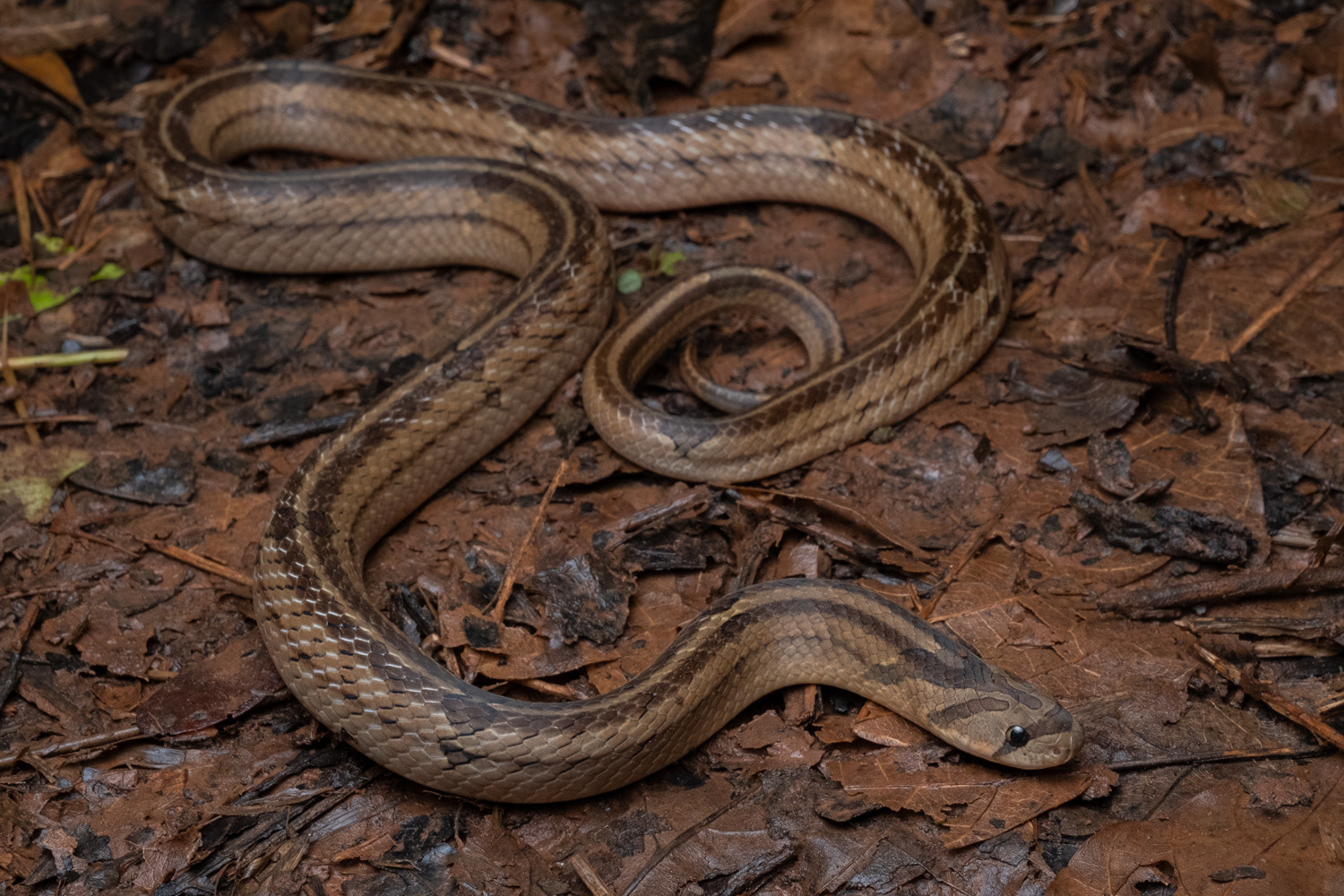
Small-banded kukri snake (Oligodon cf. fasciolatus).
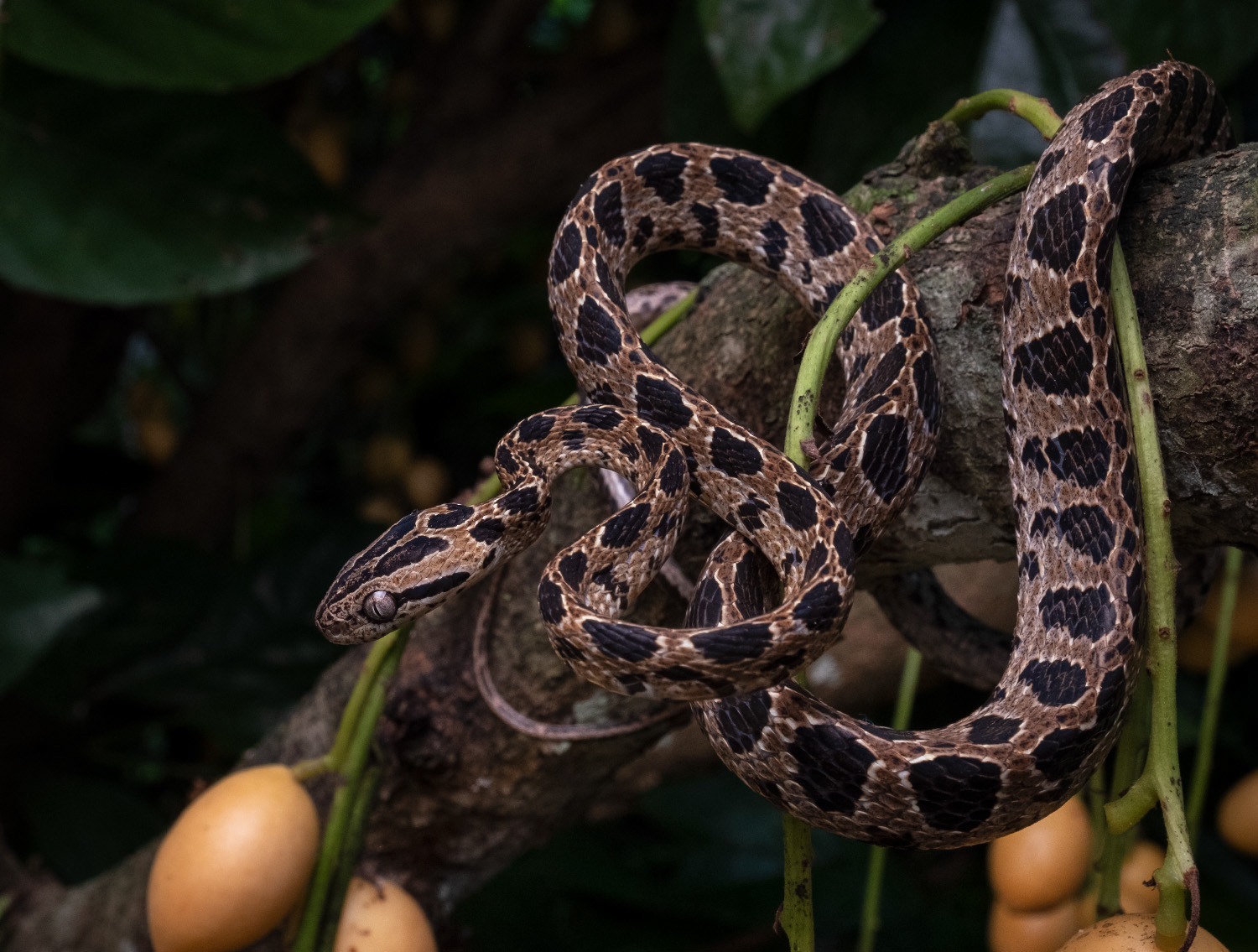
Many-spotted cat snake (Boiga multomaculata).
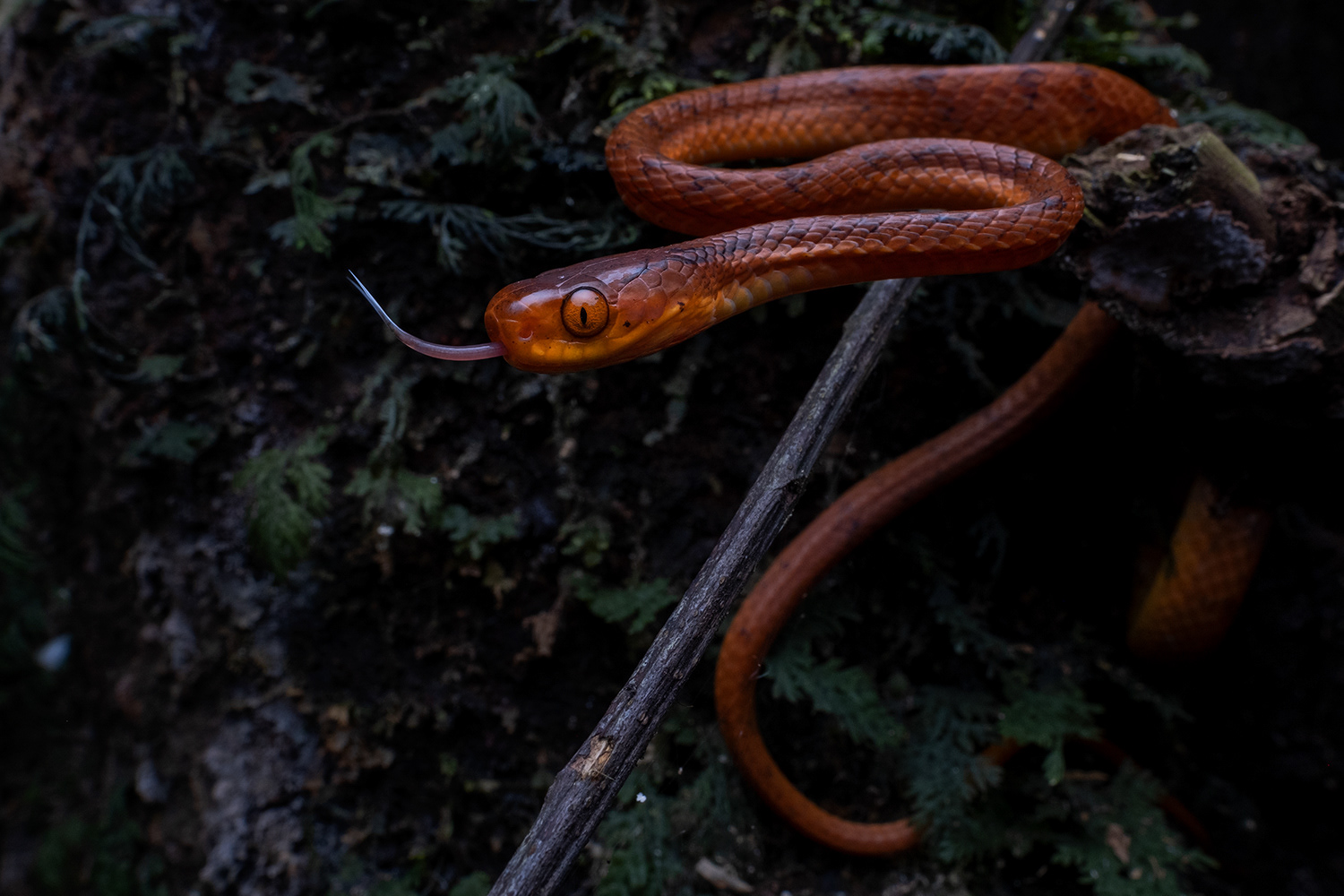
Twin-spotted slug snake (Pareas geminatus).

Brown-banded mountain cobra (Naja fuxi).
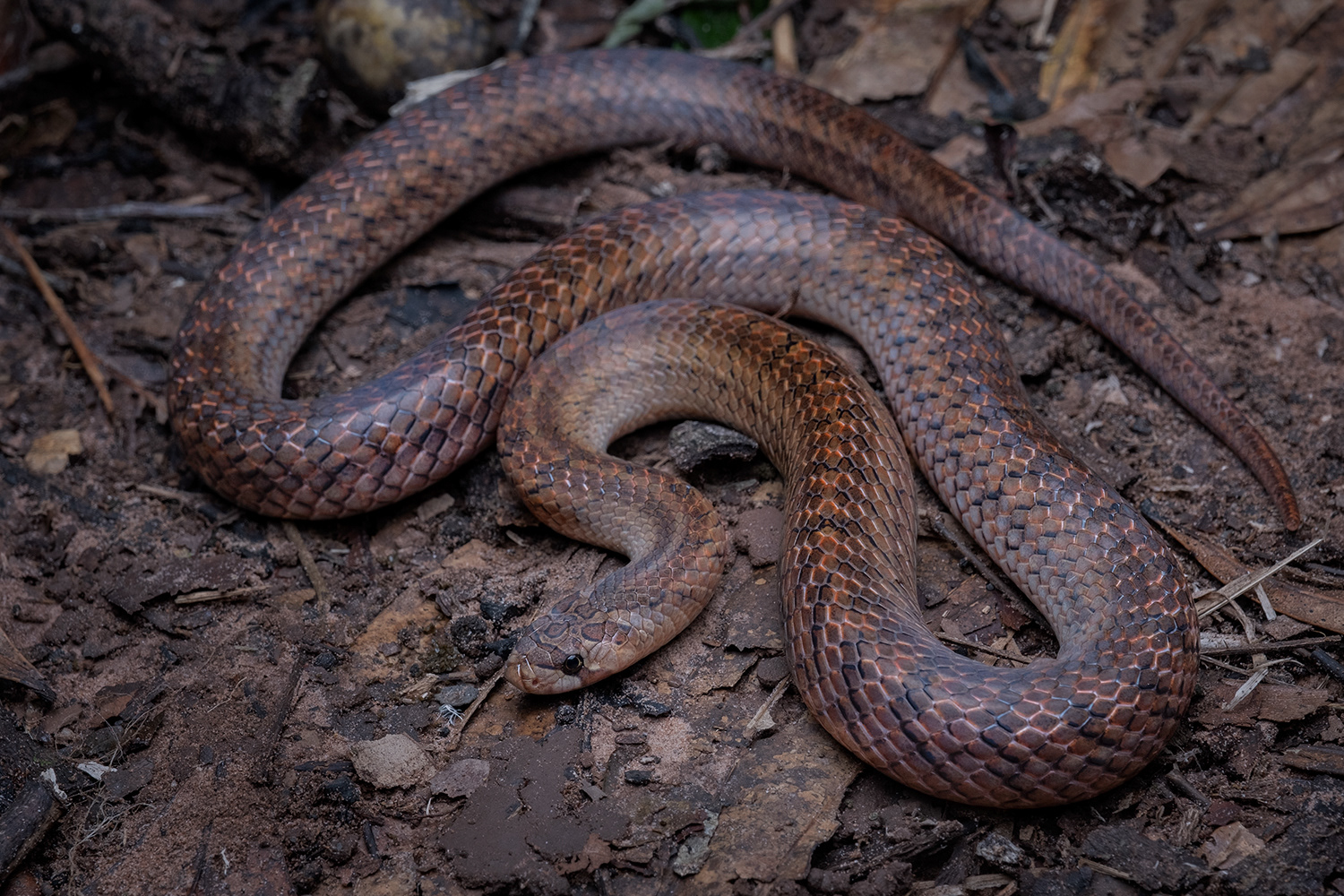
Joynson's kukri snake (Oligodon joynsoni).
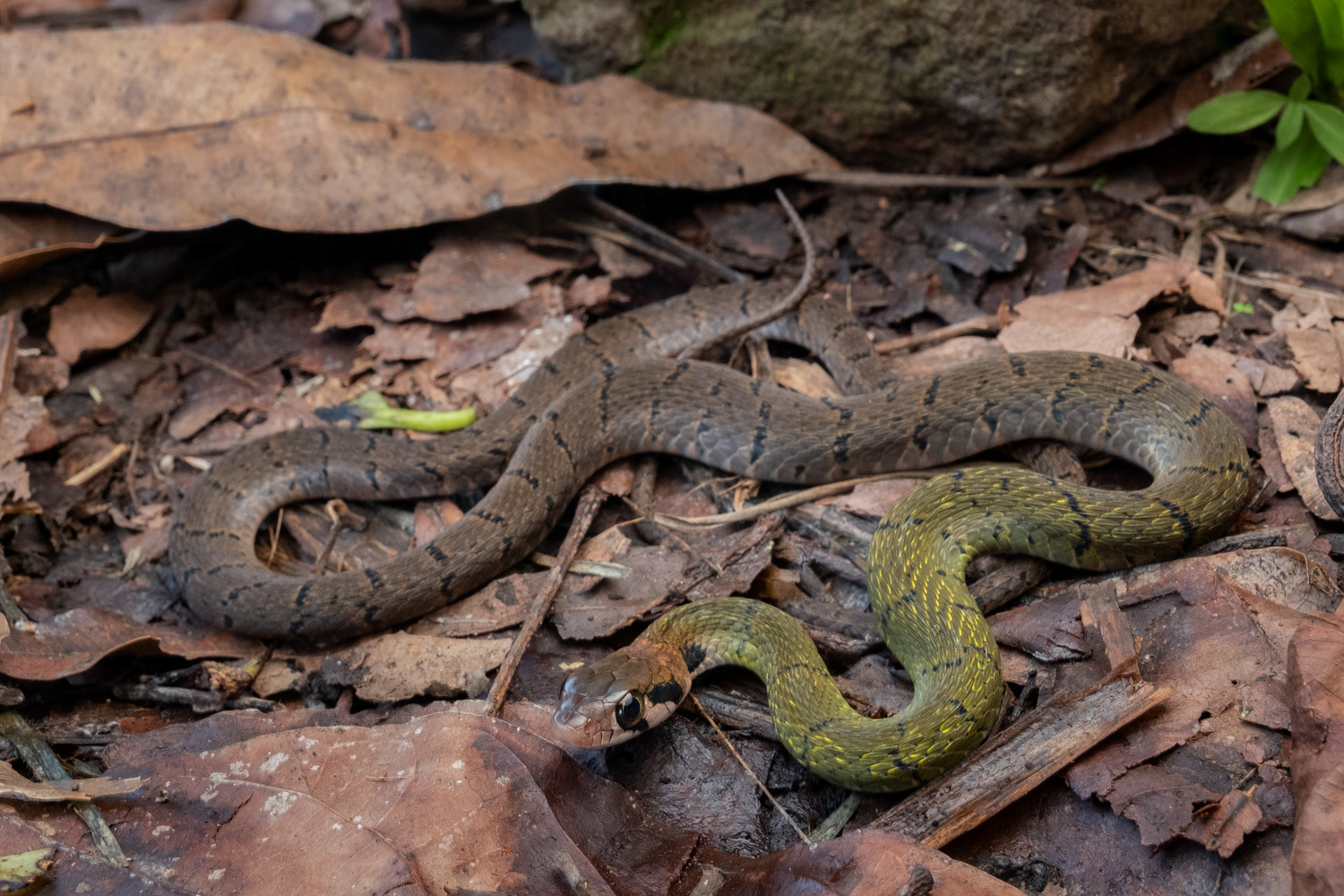
Black-barred keelback (Rhabdophis nigrocinctus).
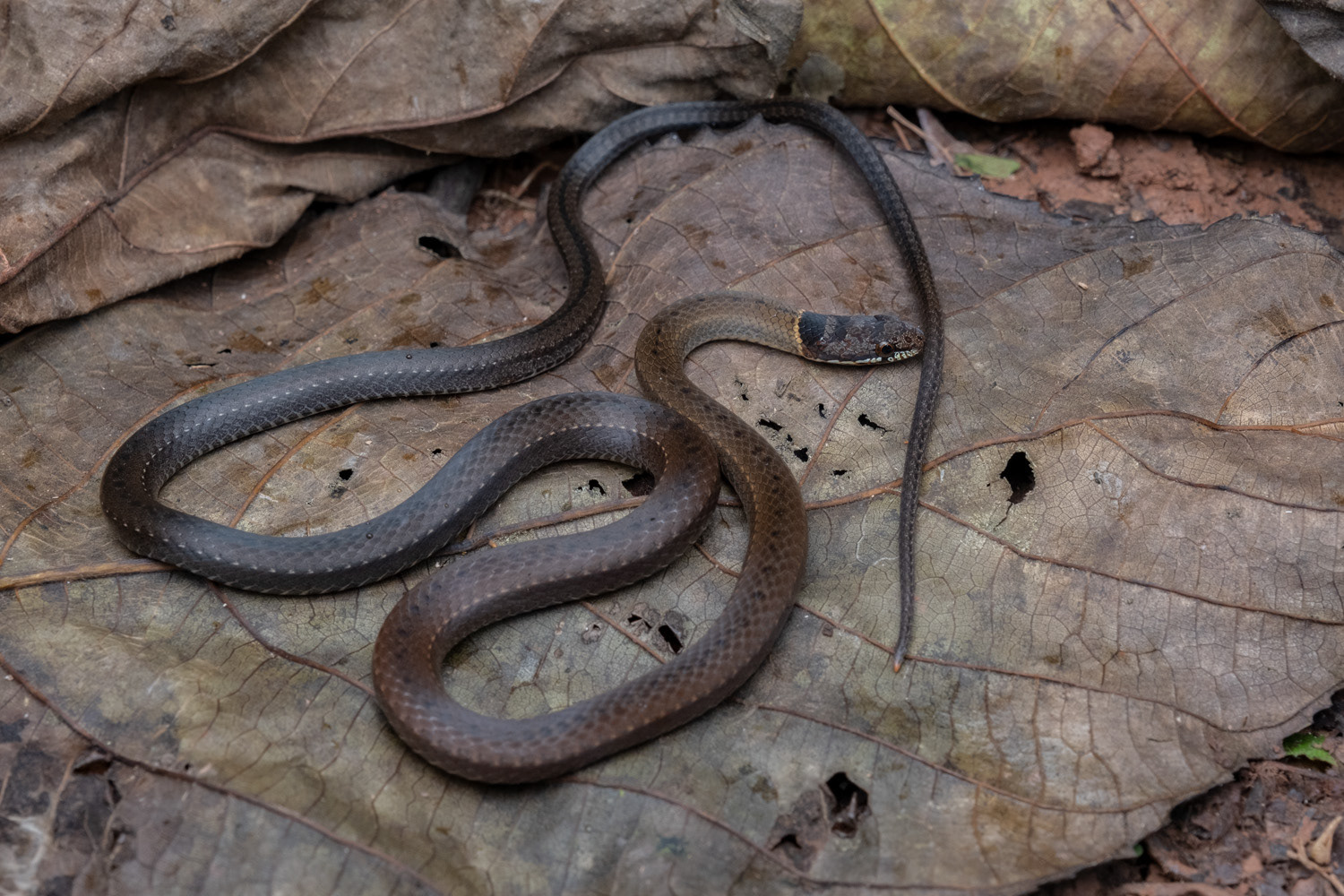
Black-headed collared snake (Sibynophis collaris).
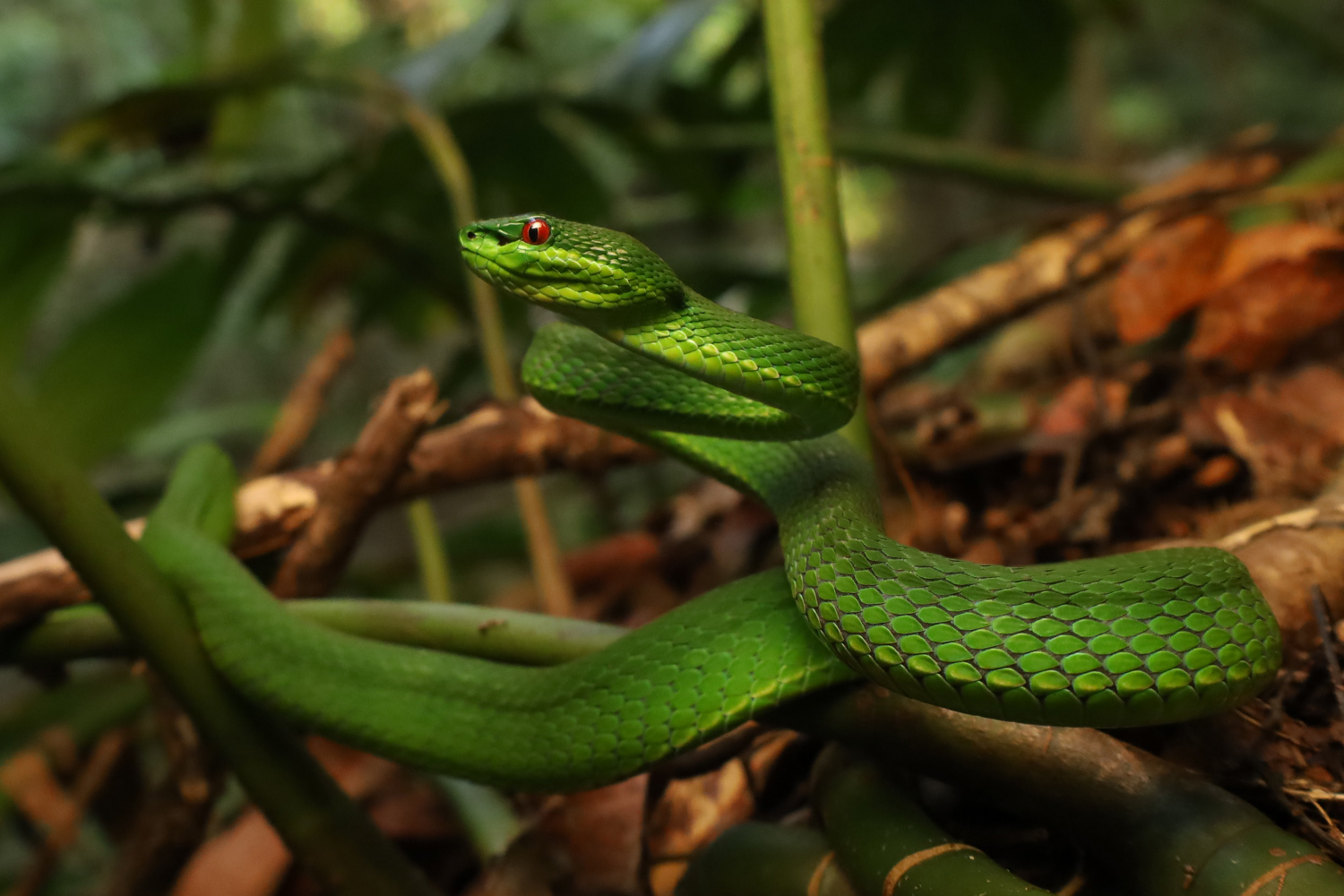
Guo's pit viper (Trimeresurus guoi).
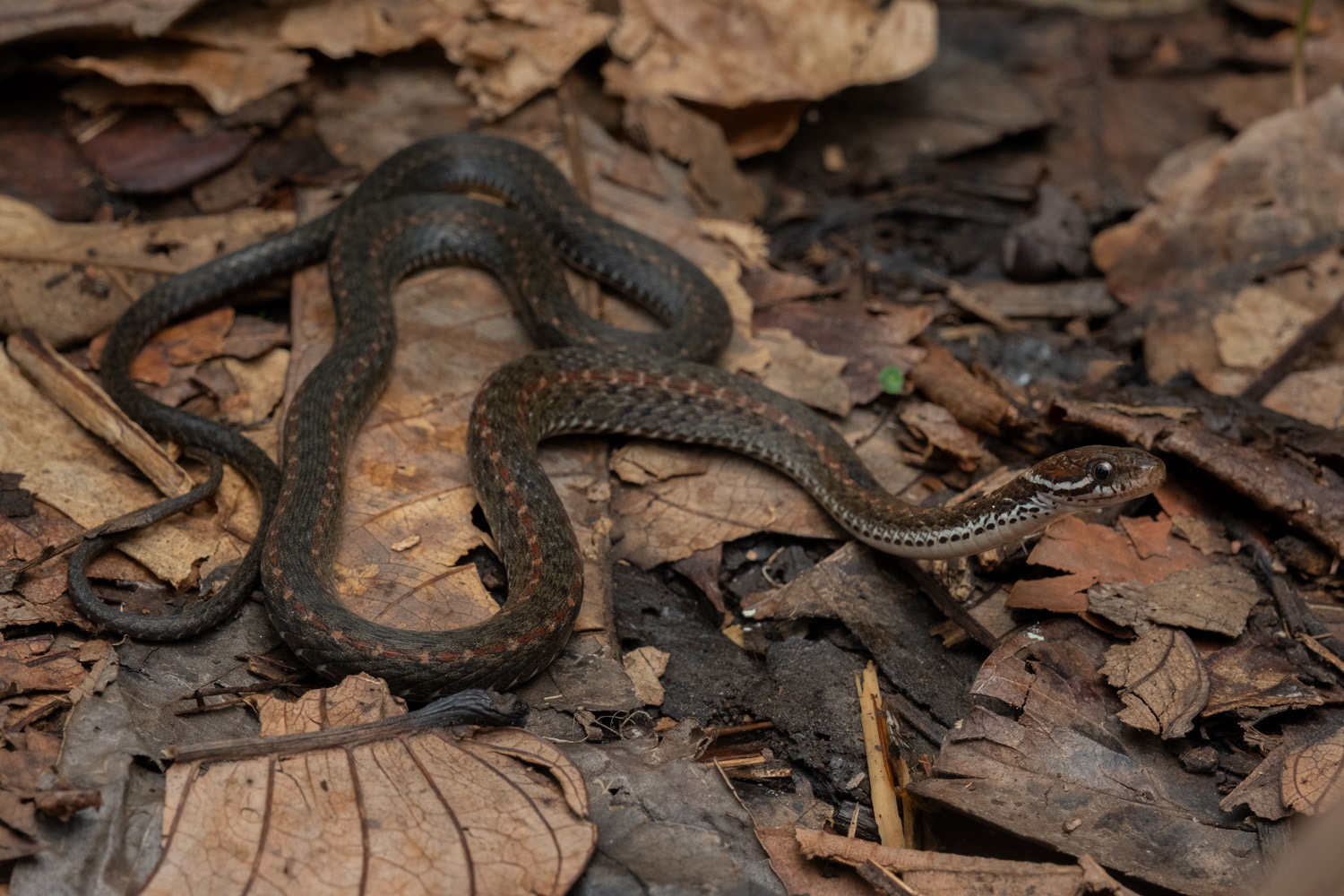
Khasi keelback (Hebius khasiensis).

White-spotted slug snake (Pareas margaritophorus).
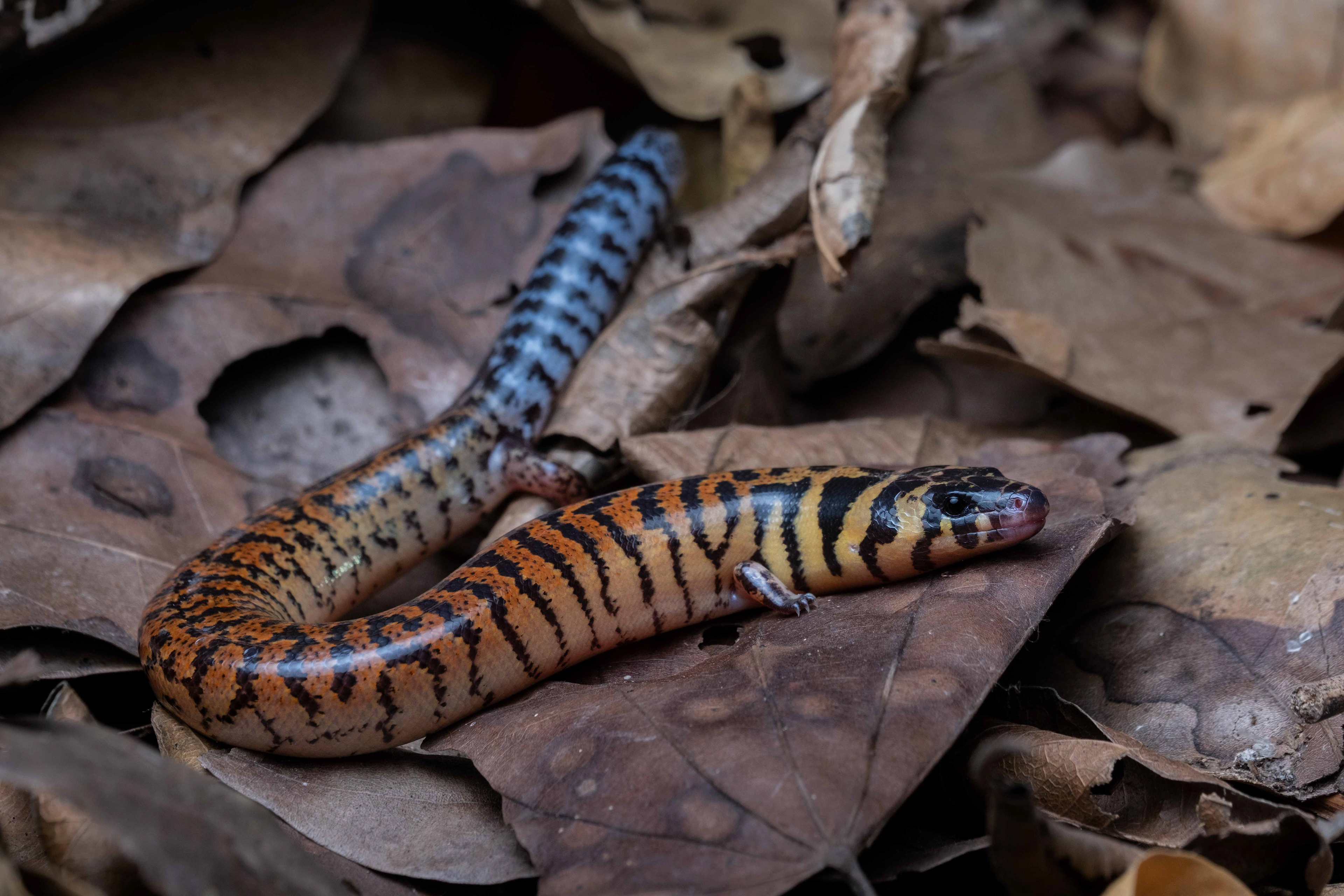
Harold Young's supple skink (Lygosoma haroldyoungi).

Phu Kha crocodile salamander (Tylototriton phukhaensis).

Giant flying frog (Rhacophorus feae).
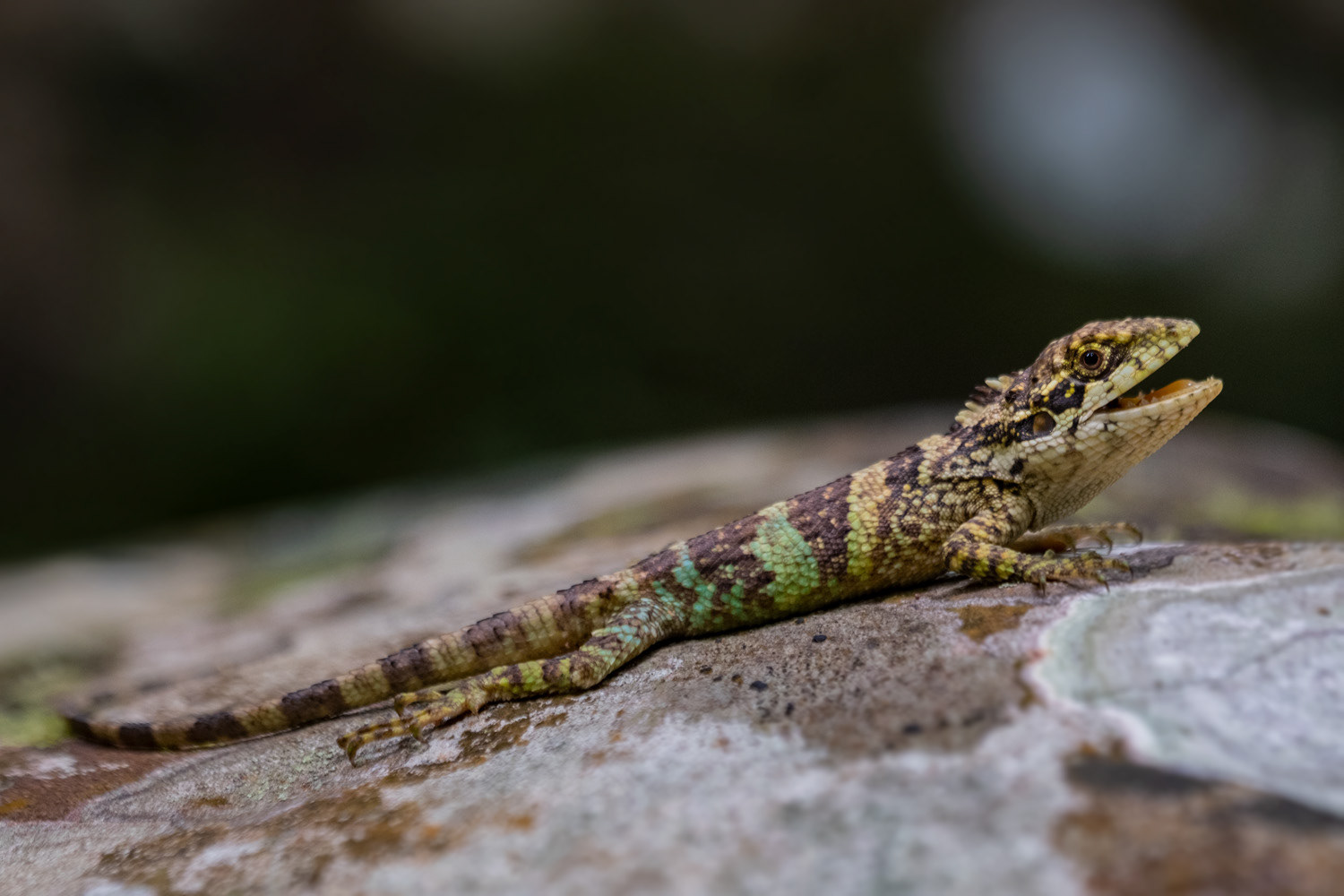
Burmese mountain agamid (Pseudocalotes khakienensis).

Phu Kha bent-toed gecko (Cyrtodactylus phukhaensis).

Striped sticky frog (Kalophrynus interlineatus).
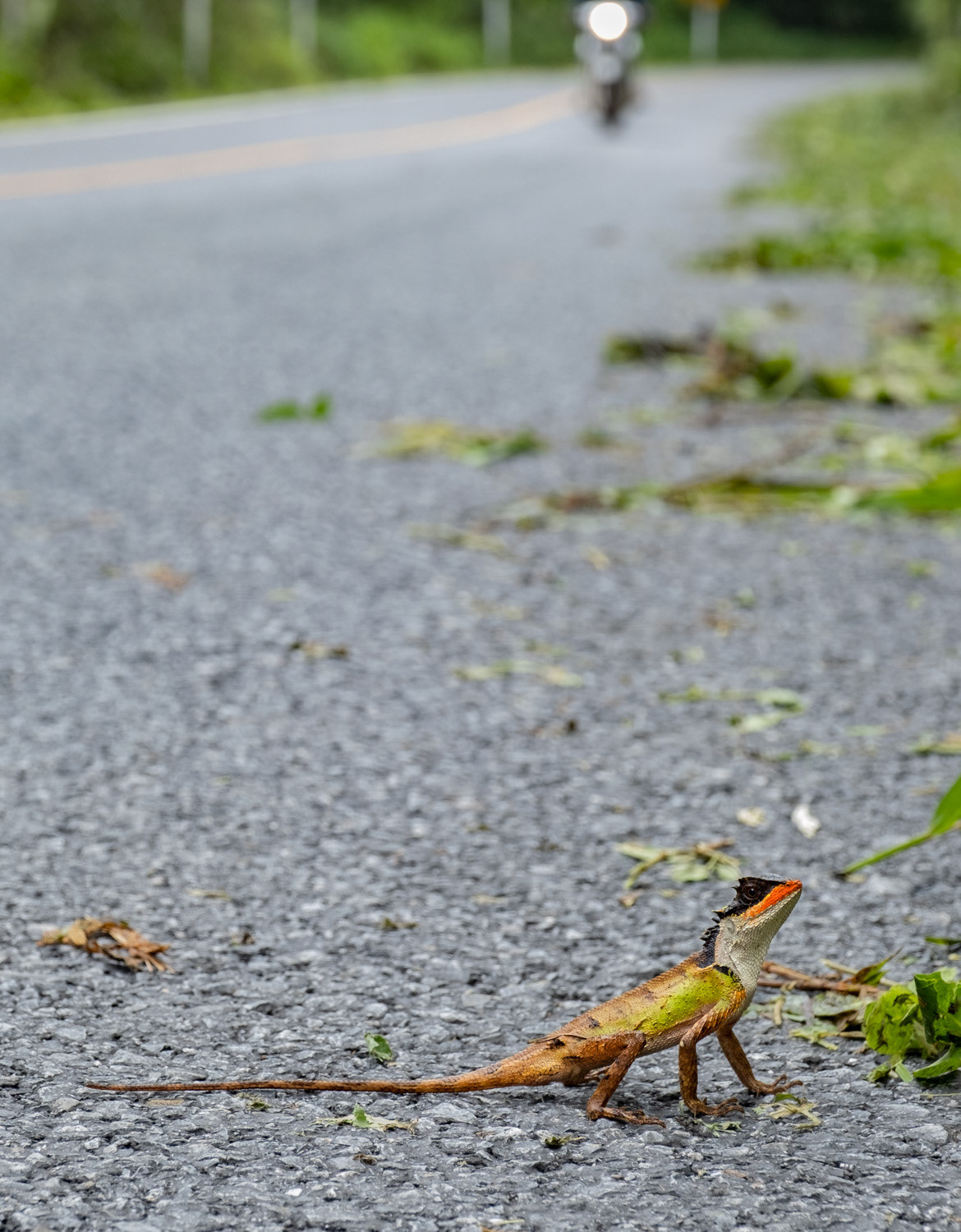
Scale-bellied horned dragon (Acanthosaura lepidogaster).

Yunnan bush frog (Gracixalus yunnanensis).
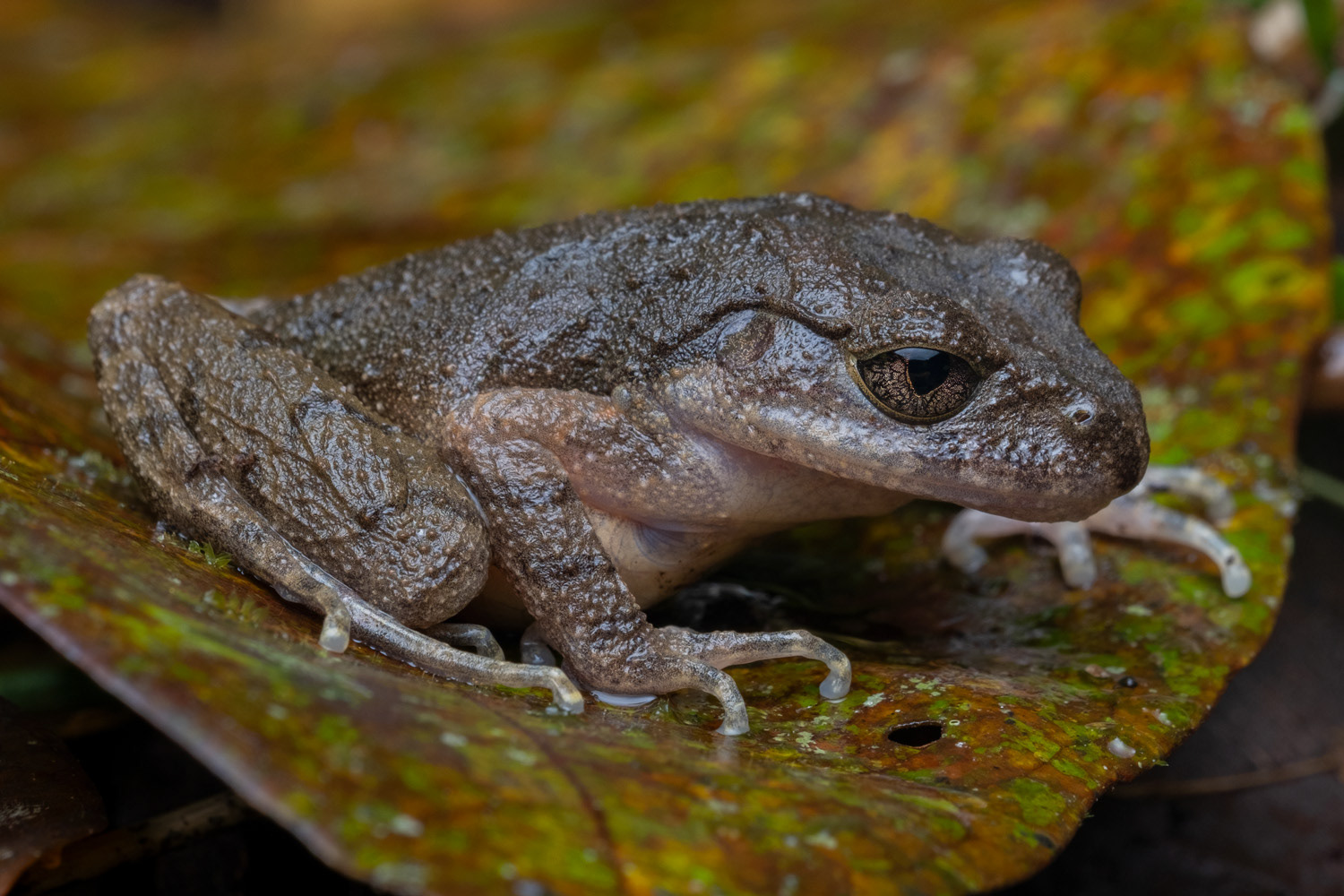
Rosy litter frog (Leptobrachella eos).

White-lipped horned frog (Megophrys major).

Thai stream skink (Tropidophorus thai).
